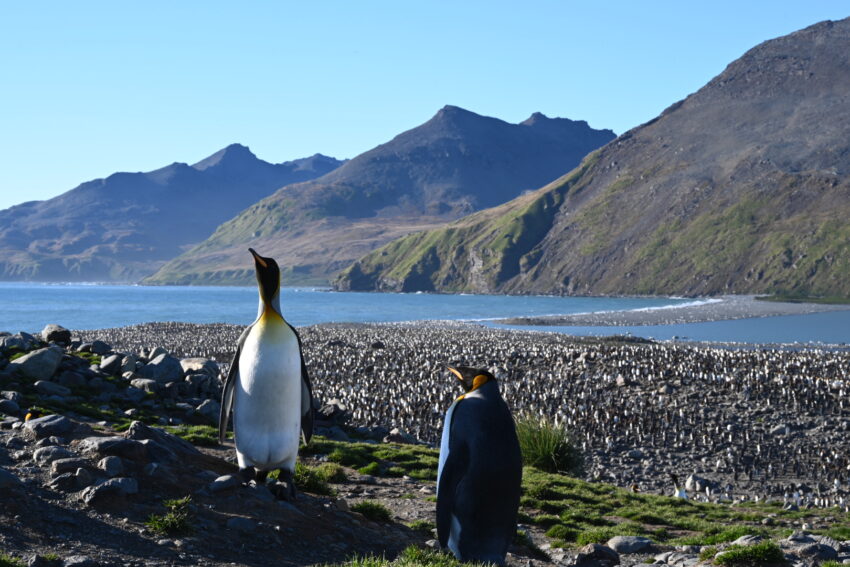(Today’s Chronicle can be found here.)
Early morning for our final push. Jamie promises only to wake us if there is good news regarding the landing at Saint Andrew’s Bay, but we take no chances. Room service is deliverd at 6:30 am in the hopes that we will be amongst the first ashore – and that we will reach the colony.
7 am comes and goes. We shake our heads, unsurprised. The swell seems less than it had the last time we visited, but the surf seems stronger. We resign ourselves to Plan B or H in the hopes that it will be almost as good as the initial offering.
Bing-bing-bong. But no – shore party is headed out, and we are planning to operate. We scarf the rest of our salmon and cereal then once more don our sprightly red-and-black exterior.
It’s another stunning day – and we land on the right side of the river:
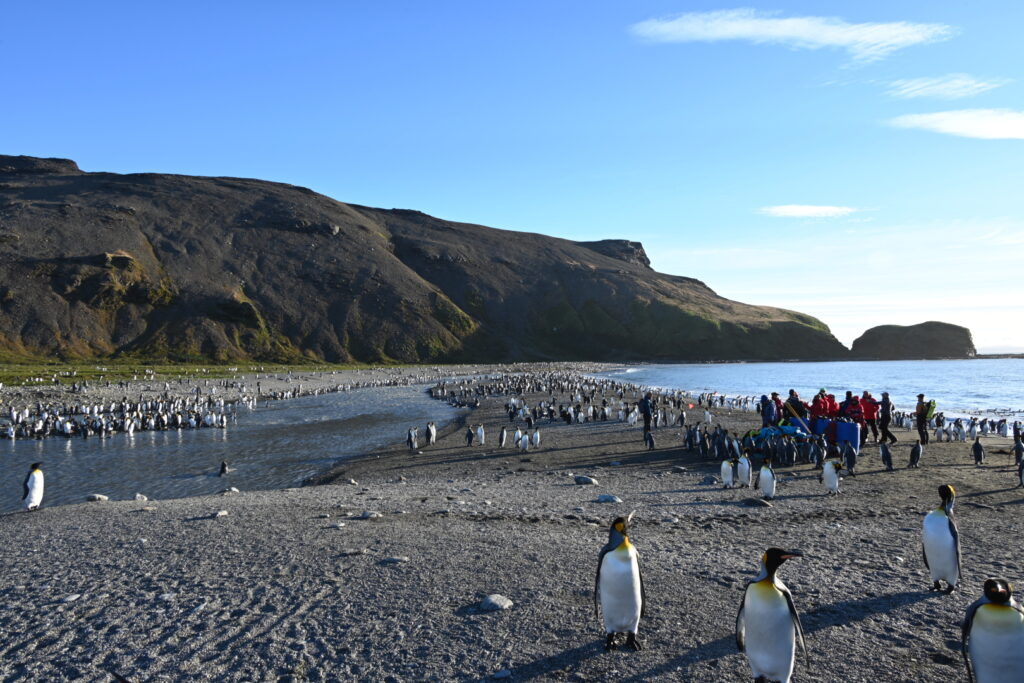
We’re headed for the colony.
But first I meet Bogdan for another on-shore lesson, where we cover some of the finer nuances of photography, such as how to adjust aperture to capture multiple subjects within a few feet of each other and the minimum shutter speed one sould use on a zoom when trying to avoid blur (1/100th of a second). Spreading out the masterclass across such a long cruise has made this material much easier to digest and integrate into my photography.
We stop to capture some reflections in the still waters:
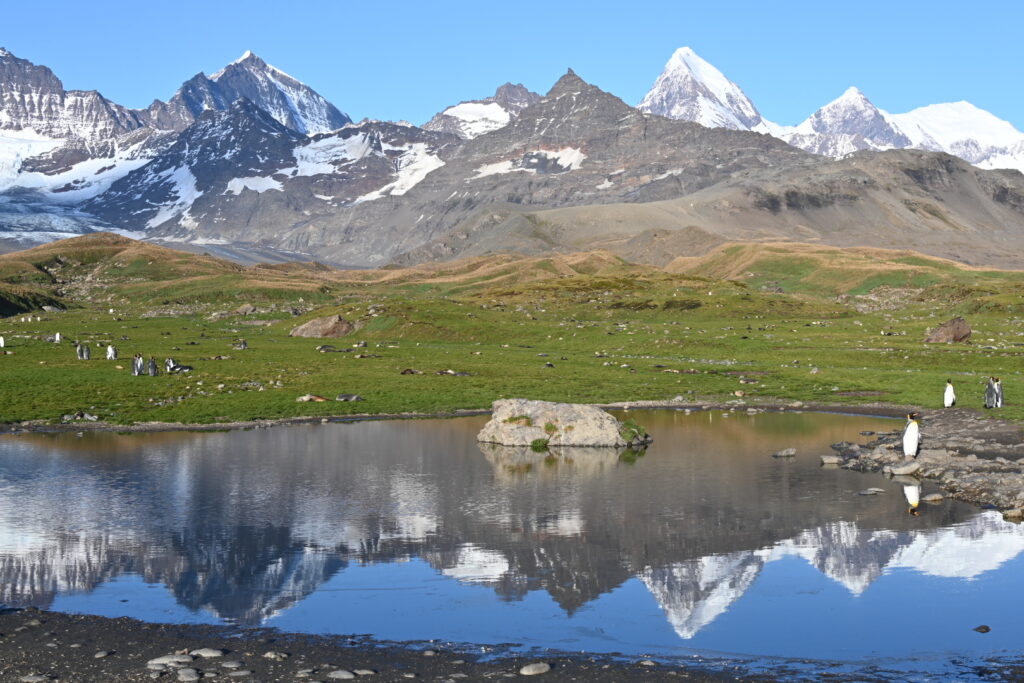
We experiment with silhouette:
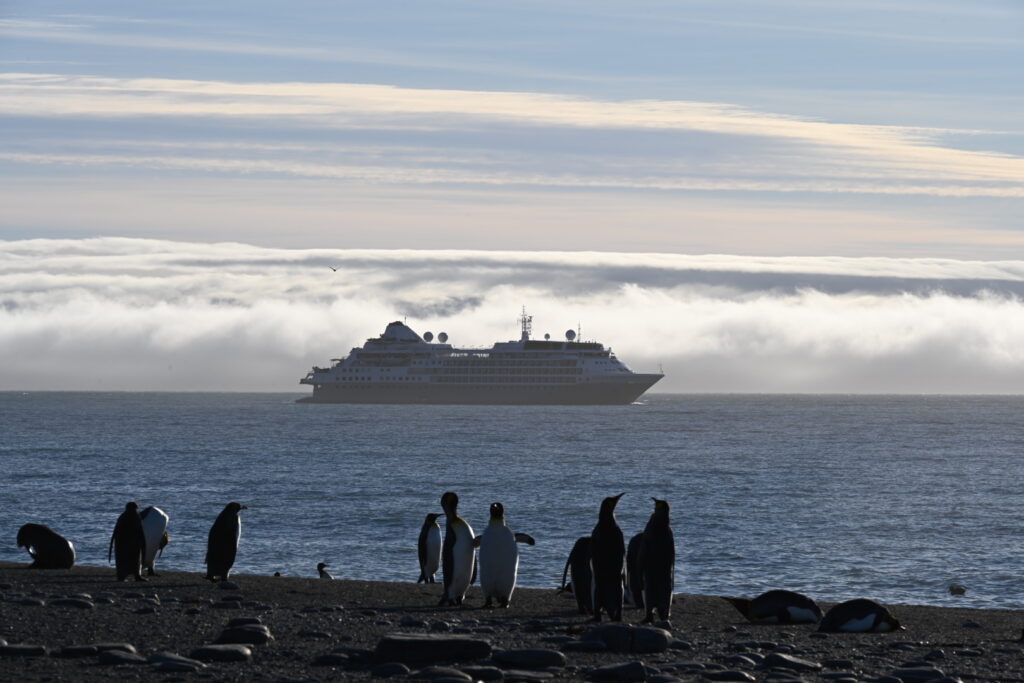
We make use of interesting backgrounds and surroundings:
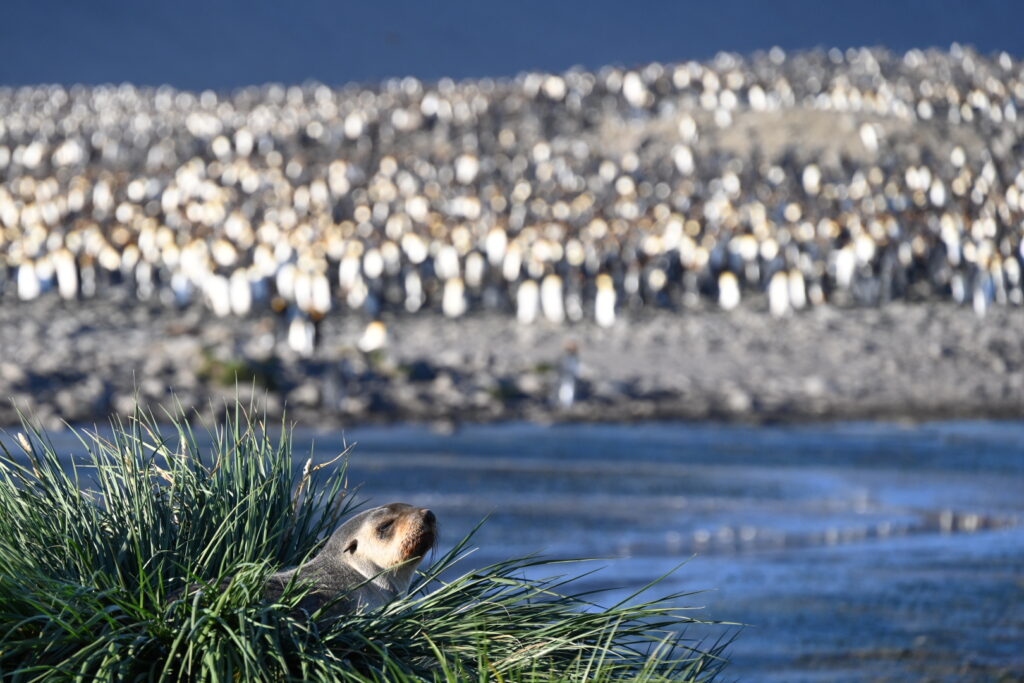
And patiently wait for the right moment:

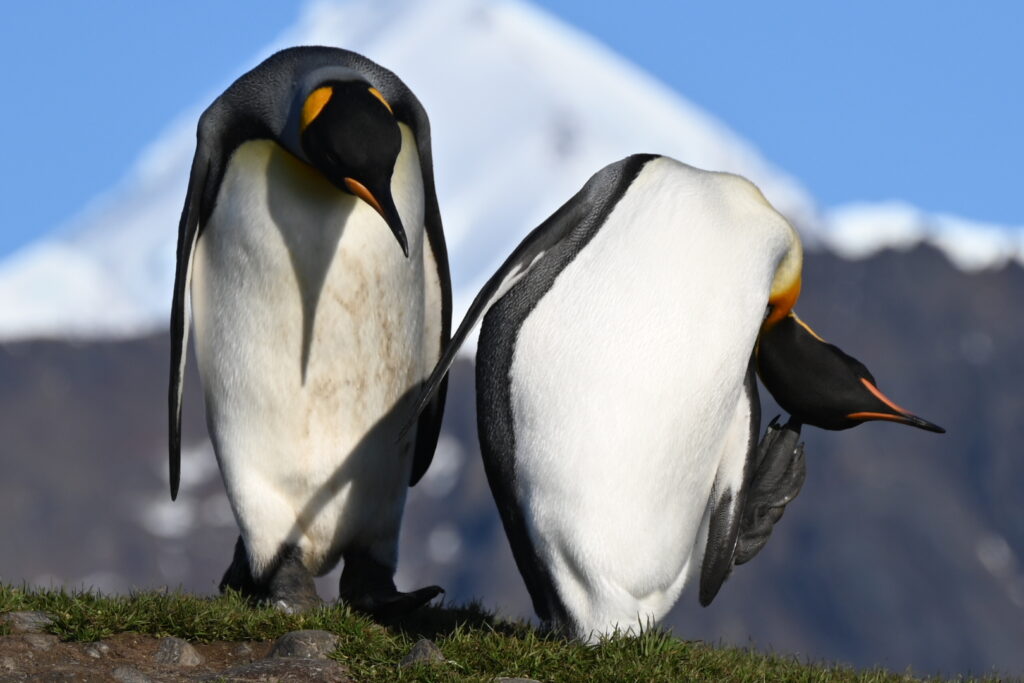
We capture repetition:
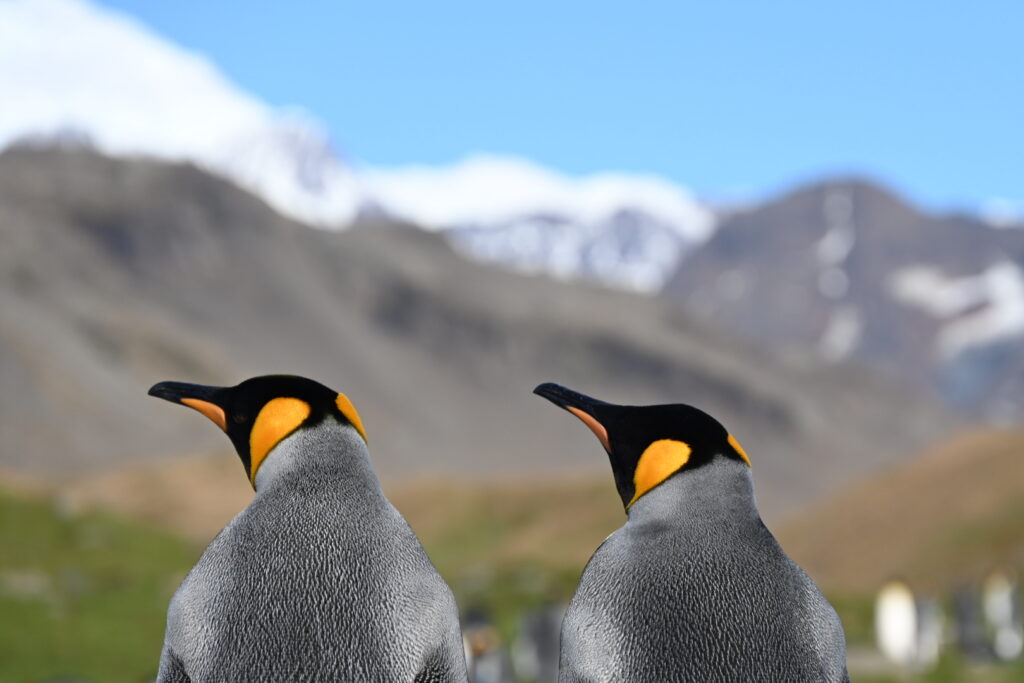
Then symmetry:
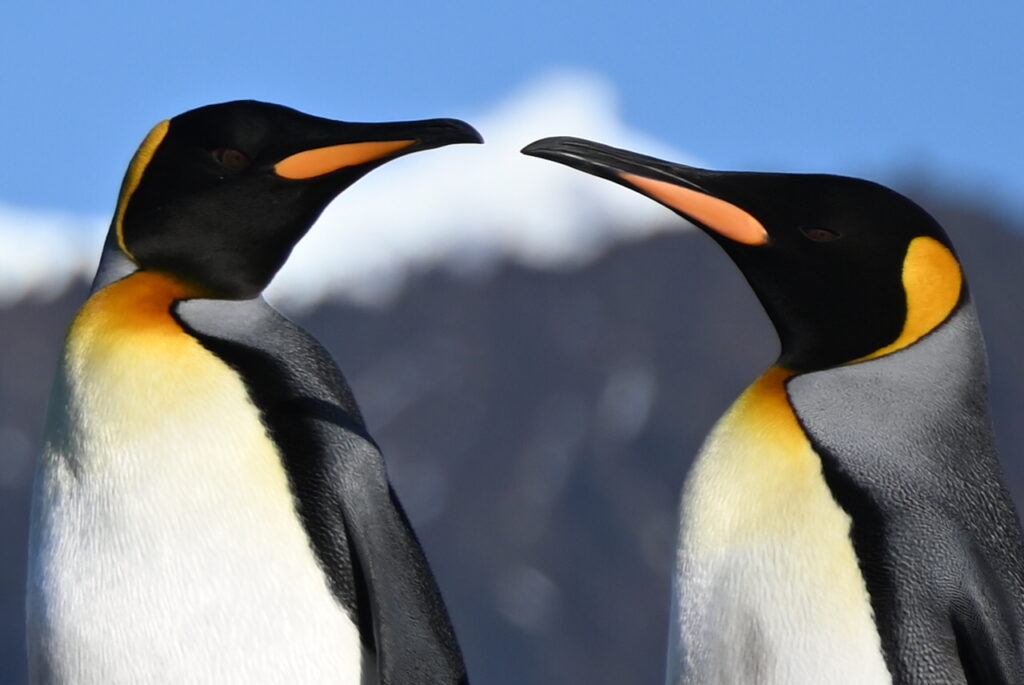
Unlikely pairings:
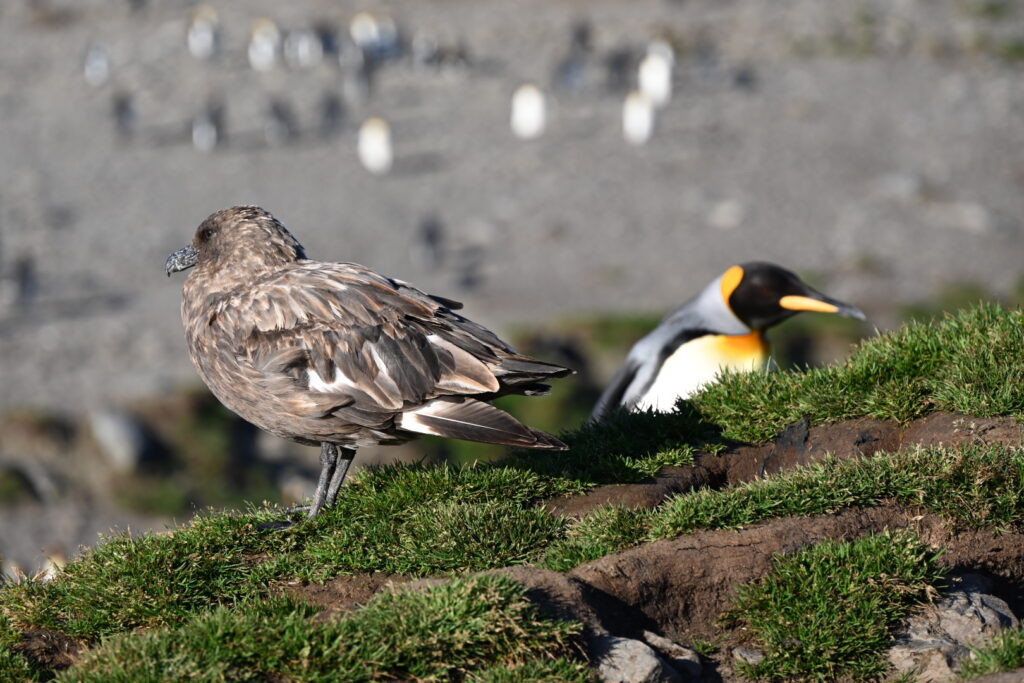
And wide-angle shots:

But soon it’s time for me to dash ahead and catch up with my family – while taking a few more shots along the way:
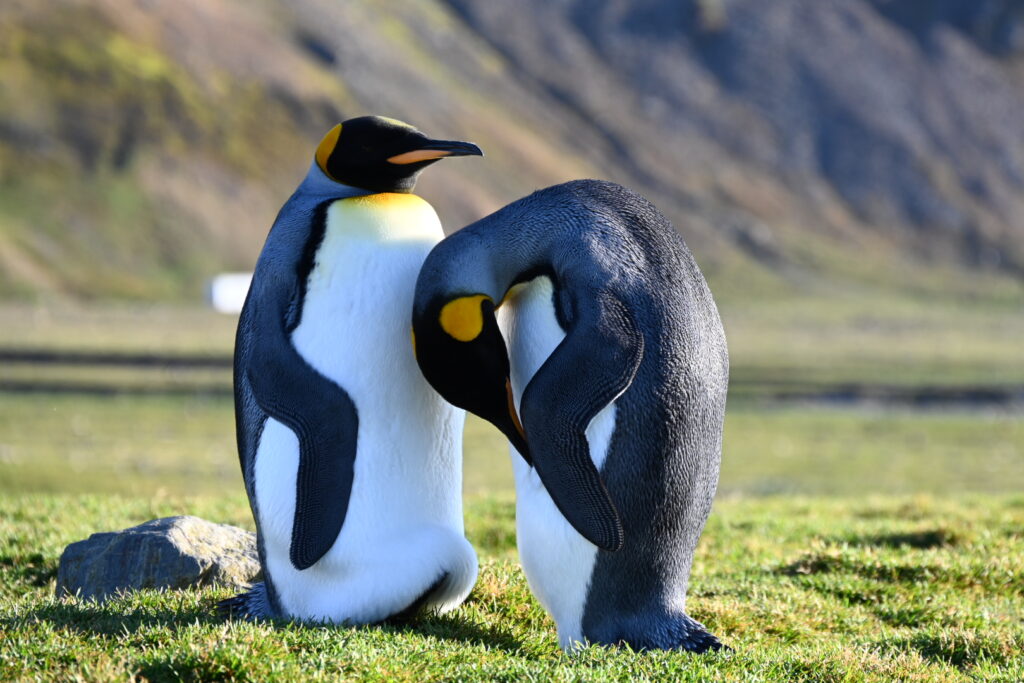
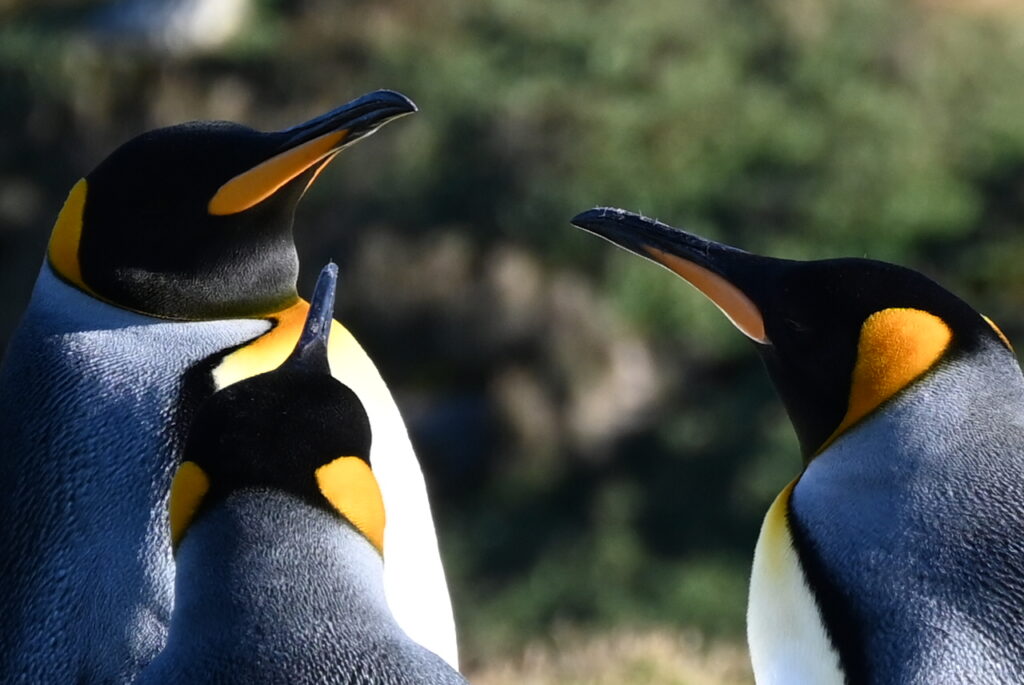
It’s hard to capture the enormity of this colony. There are more than 150,000 breeding pairs and likely closer to 400,000, according to our guides – which would mean more than a million penguins here at Saint Andrew’s Bay.
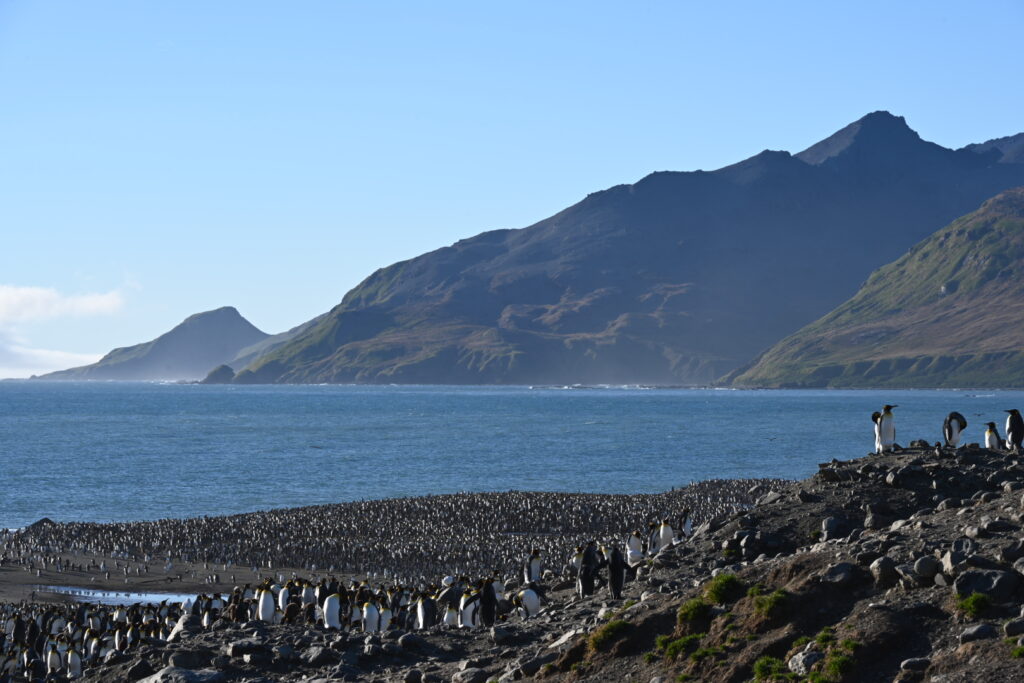
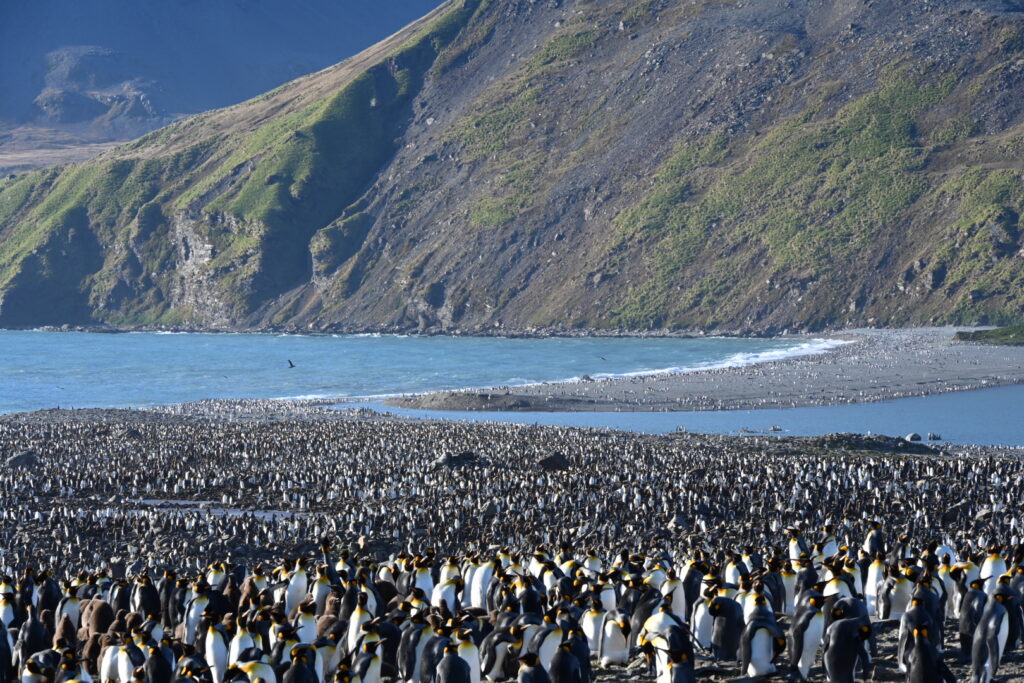
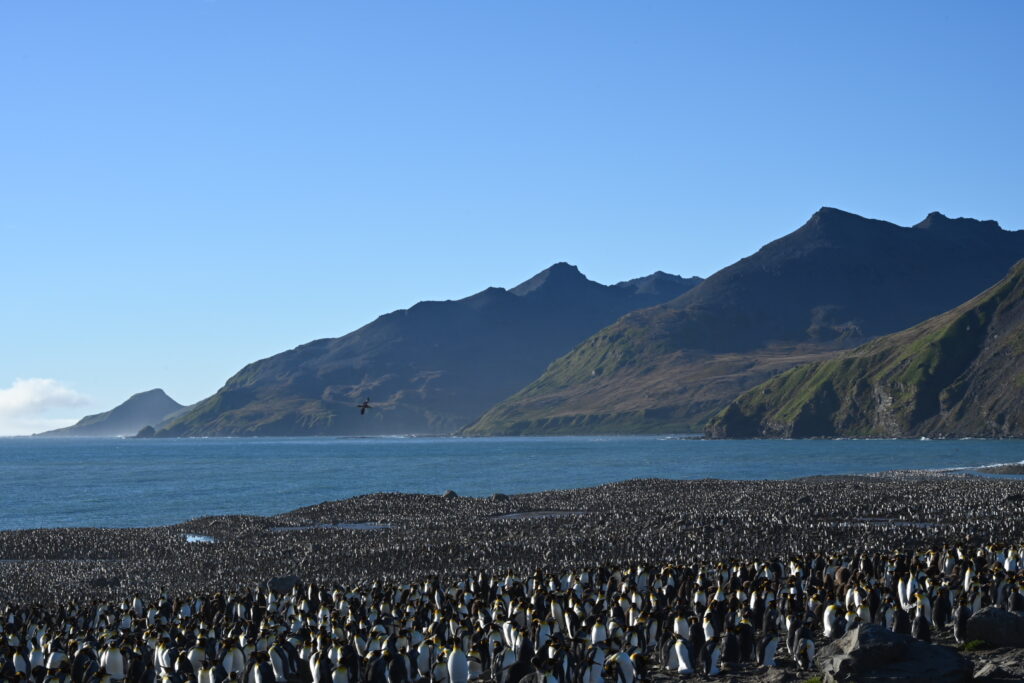
Sometimes it’s better to just focus on a few penguins at a time:

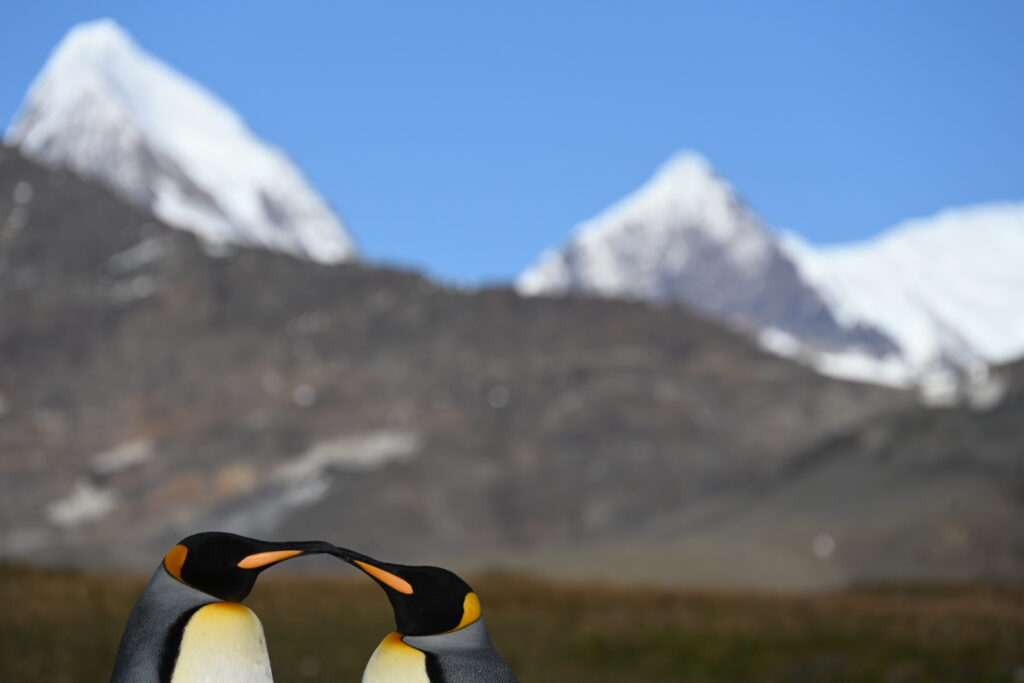
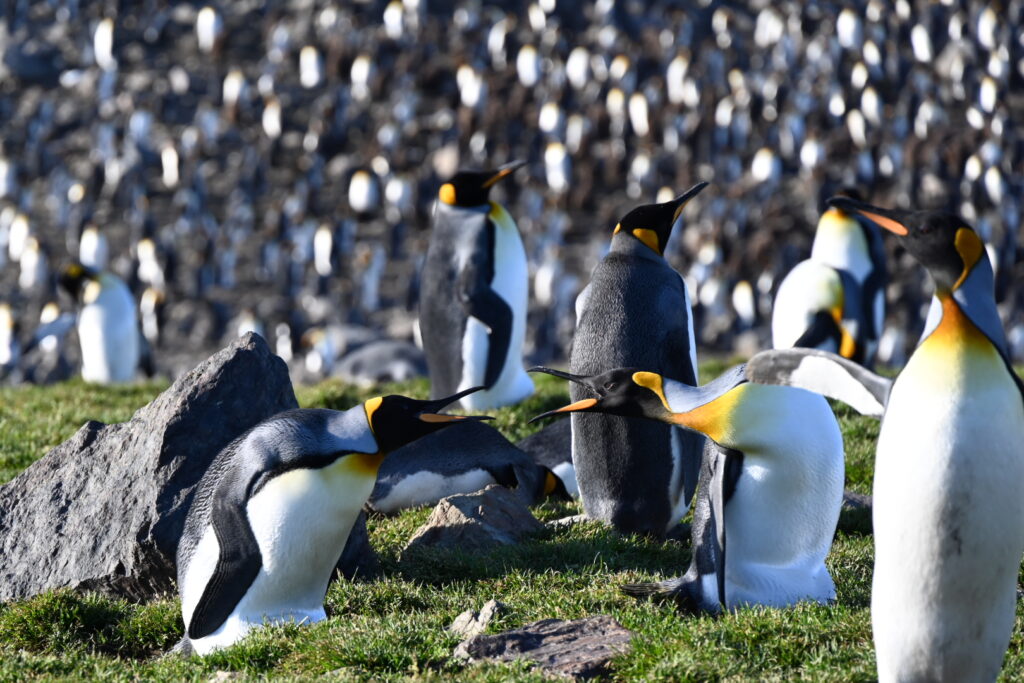
Eventually I reach the top of the hill overlooking the colony.
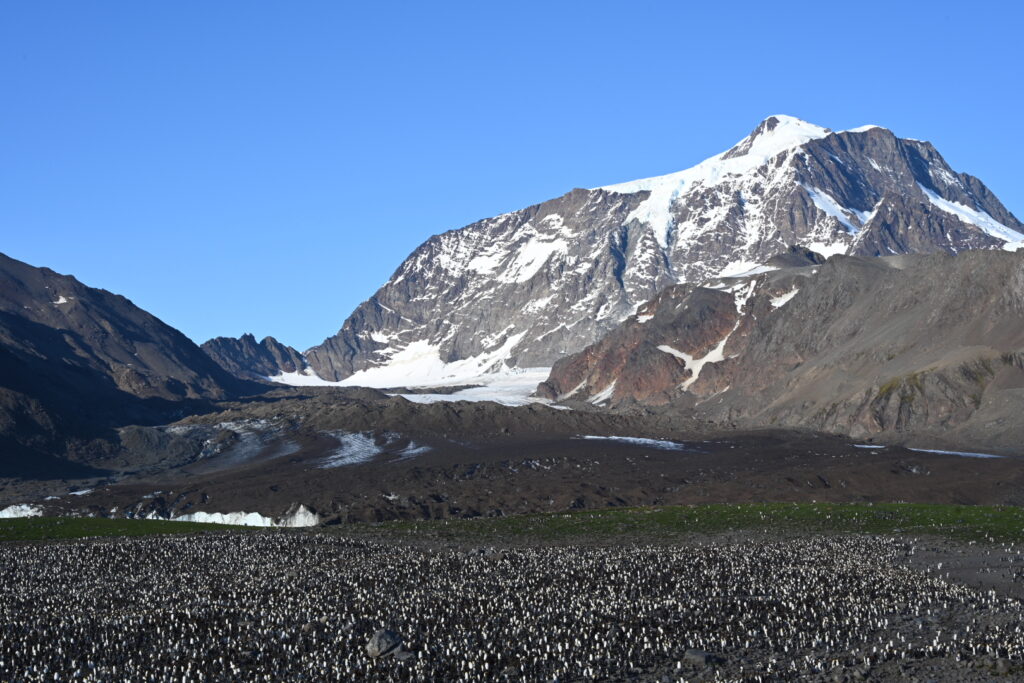
We are so very fortunate to have made it here. Expedition guide Martin has been to South Georgia ten times, and this is the first time he’s every reached this hill.
There’s even a glacier in the distance:
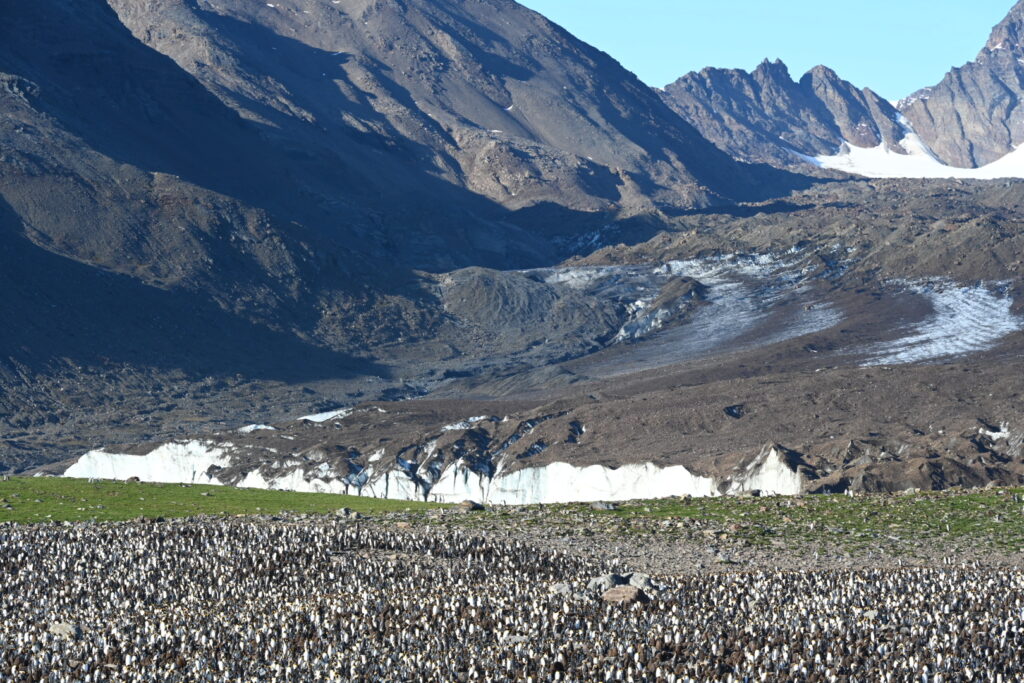
Again, the scale is enormous:
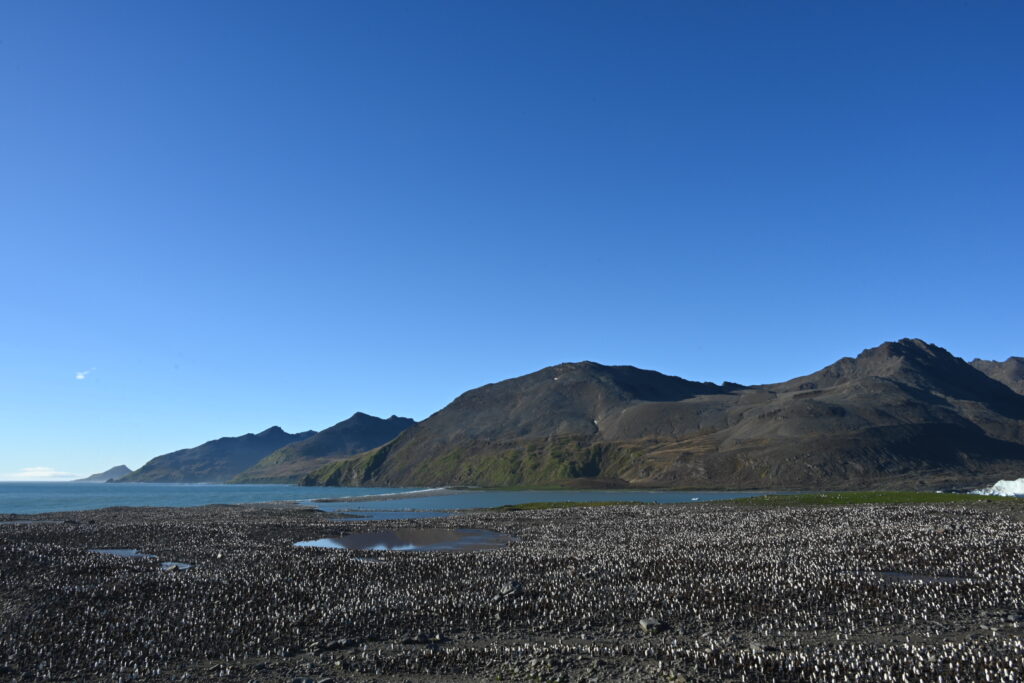
But these ‘Where’s Waldo?’ type shots help give a sense of it:
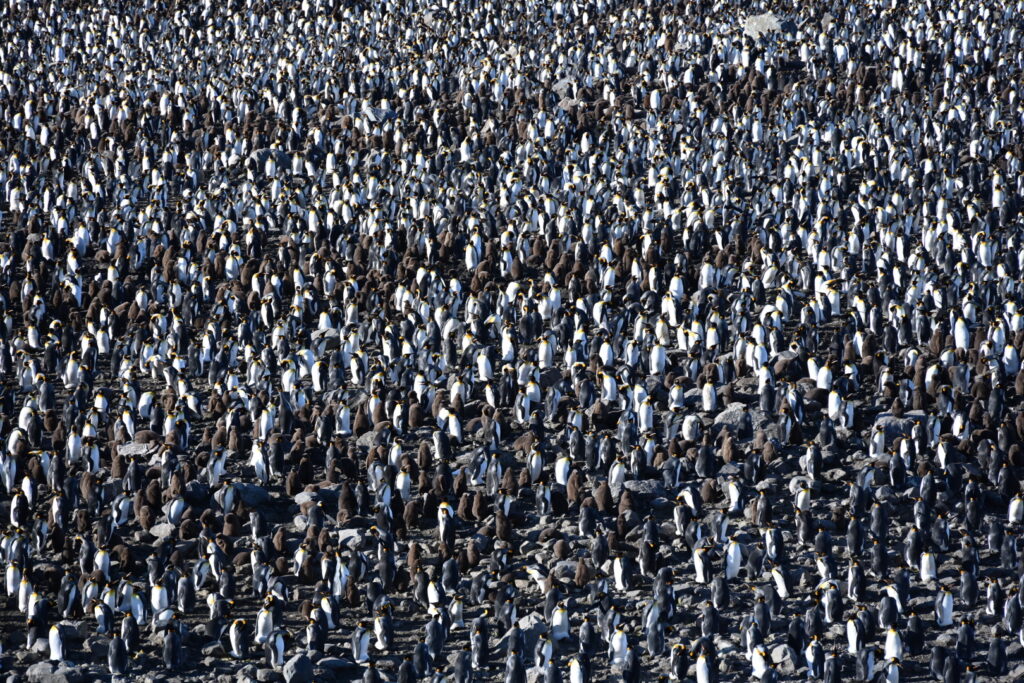
The petrels and skuas are out in force, but they often seem like specks against the colony:

It’s just an incredible, beautiful day.
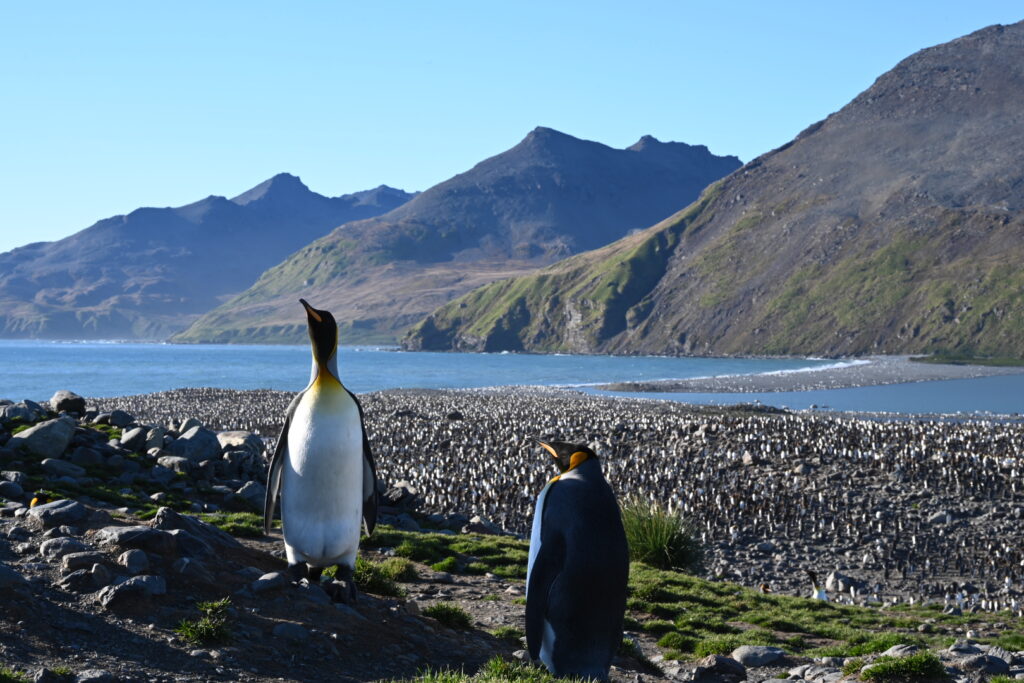
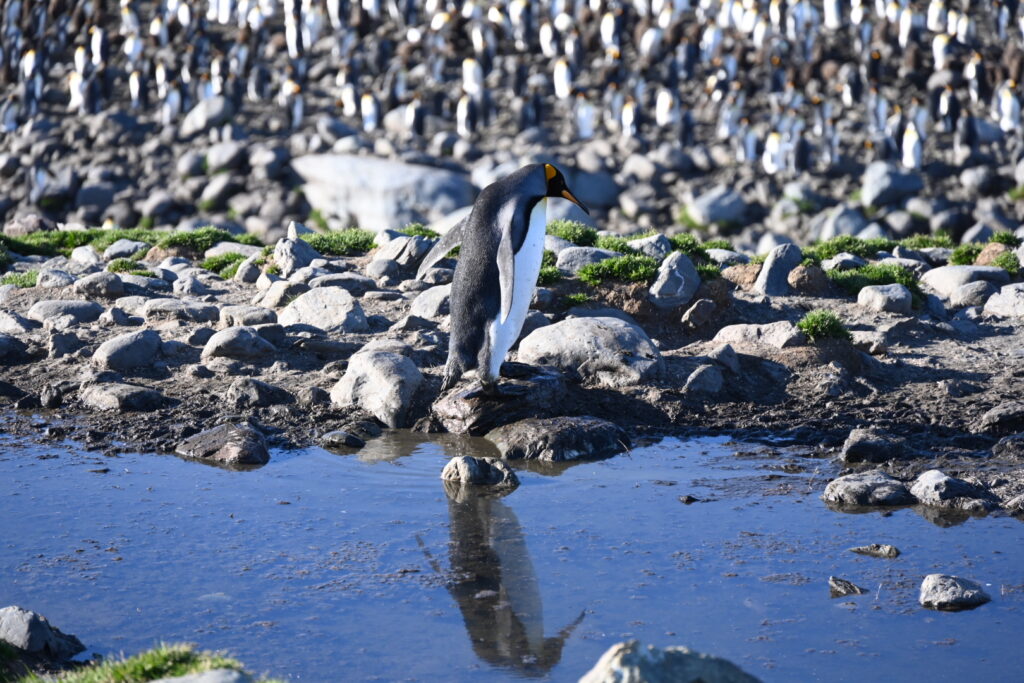
Eventually it’s time to descend the hill and return to the Wind.
Well, after a few more shots:
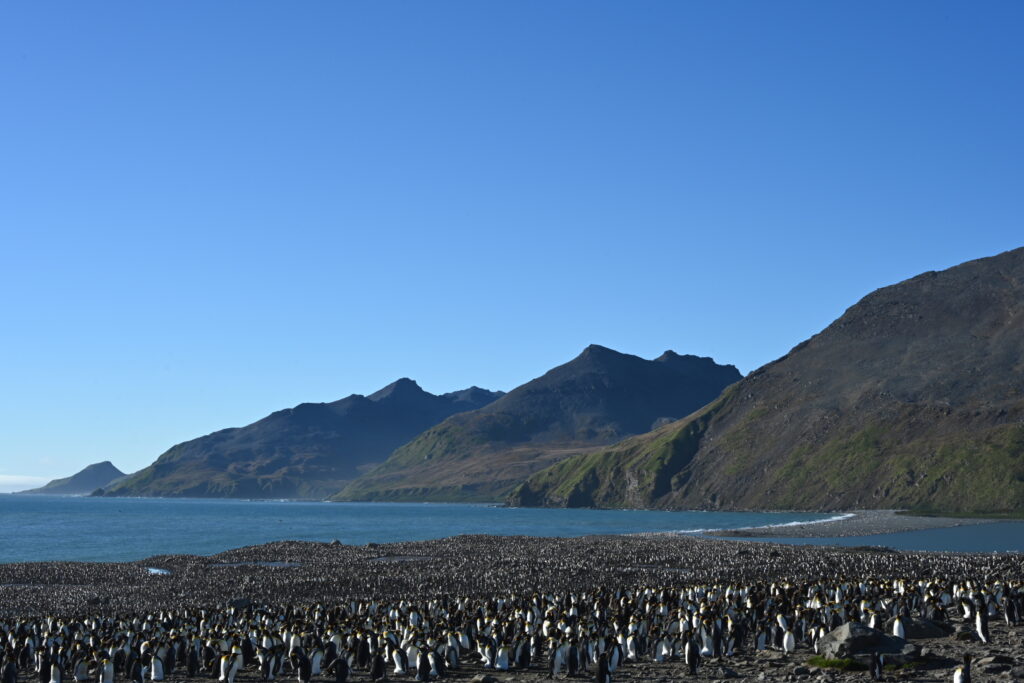
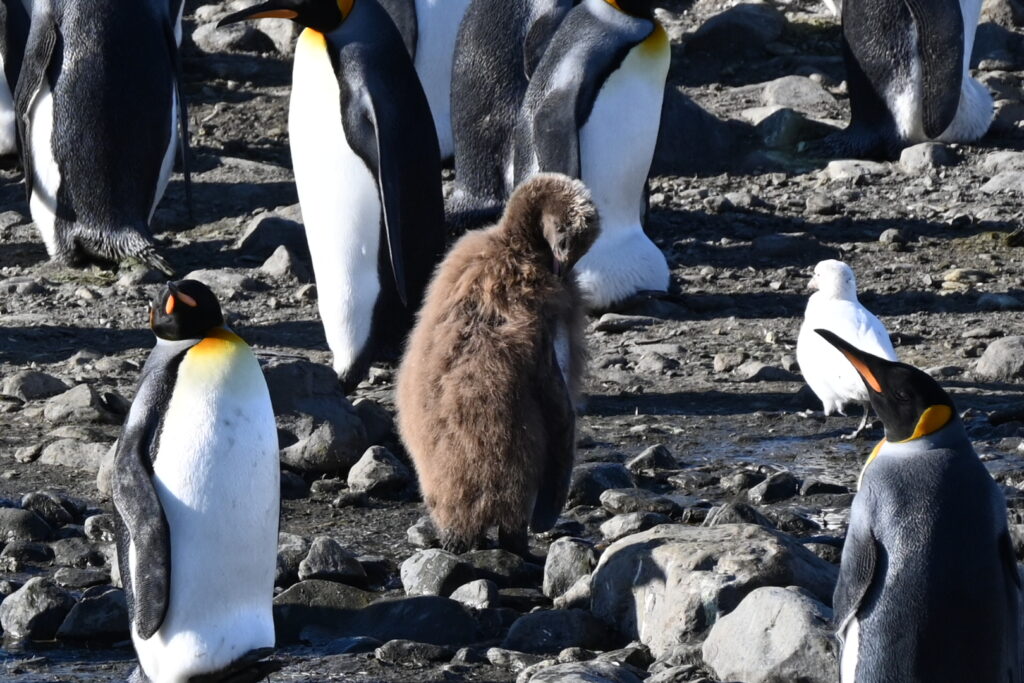
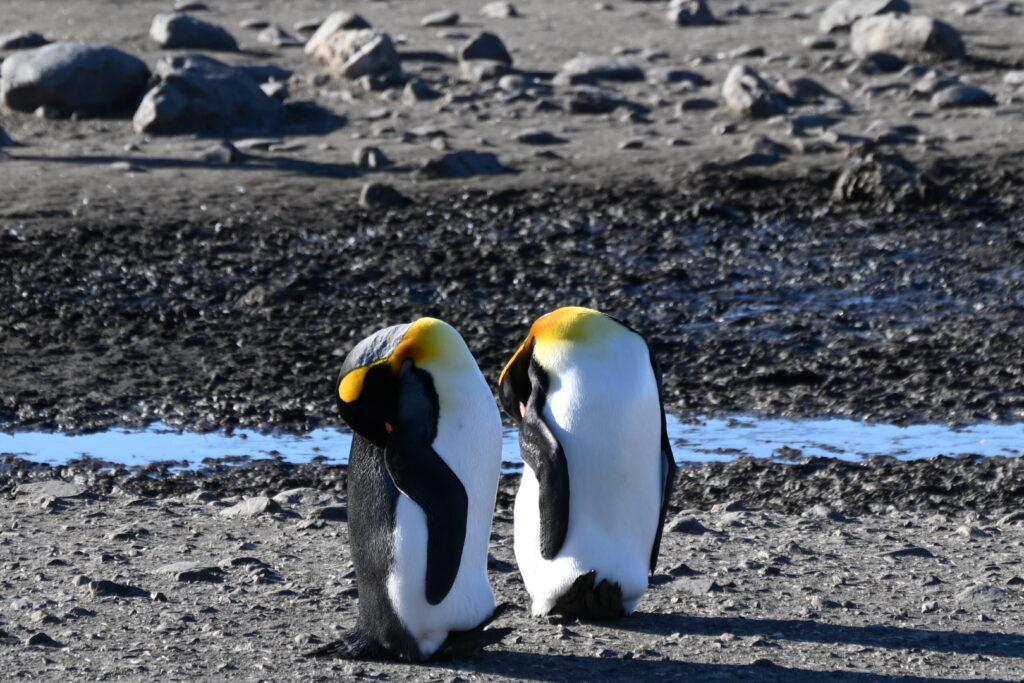
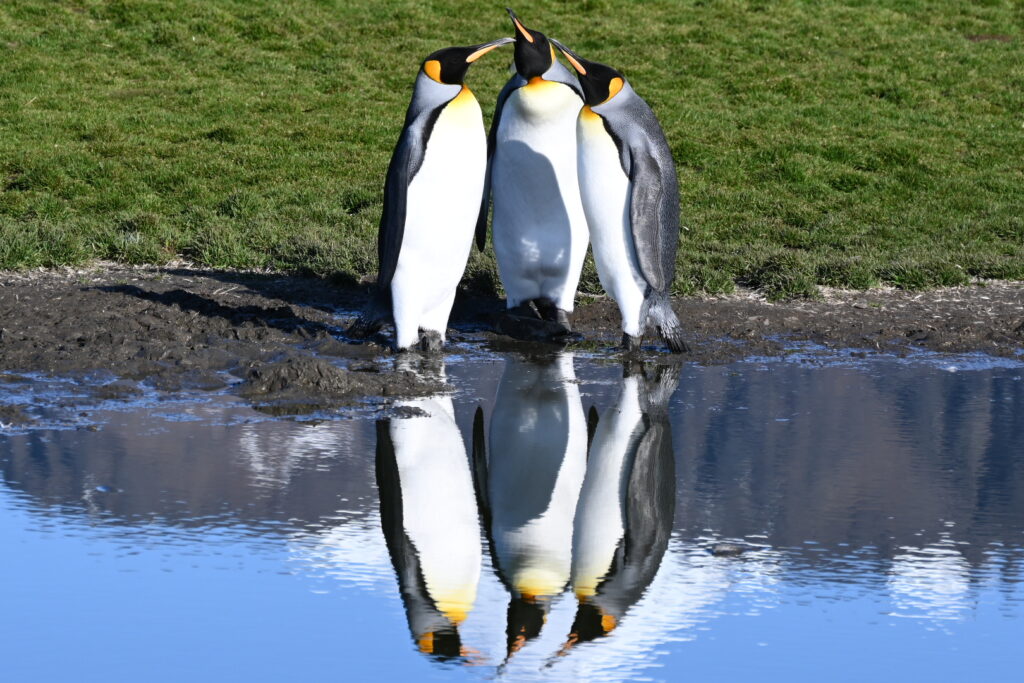
All for one, and one for fish!
One last glimpse:
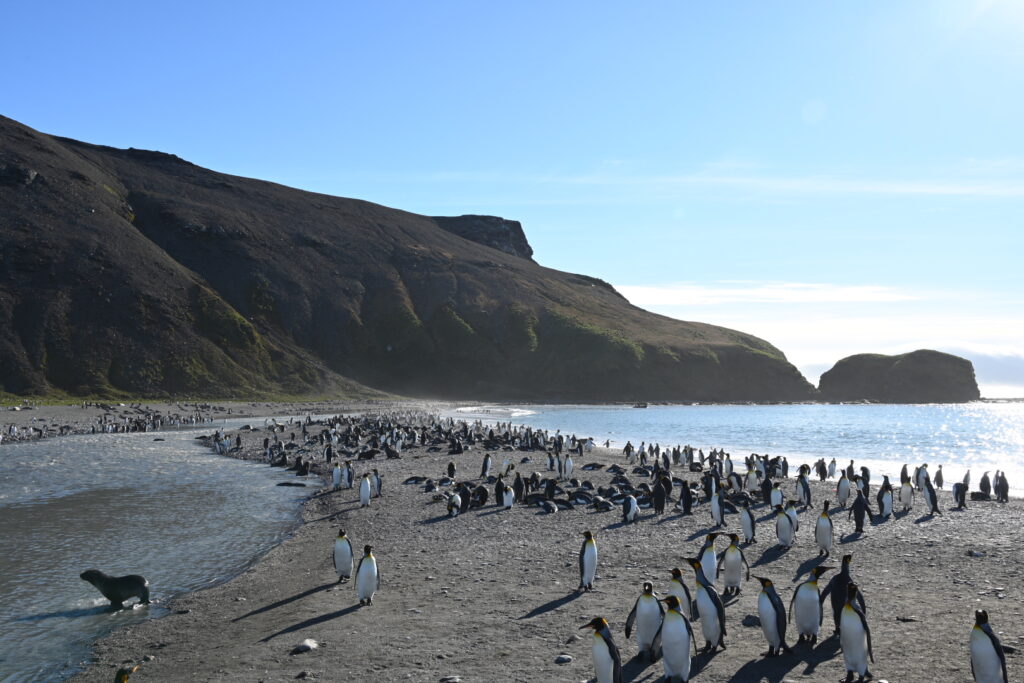
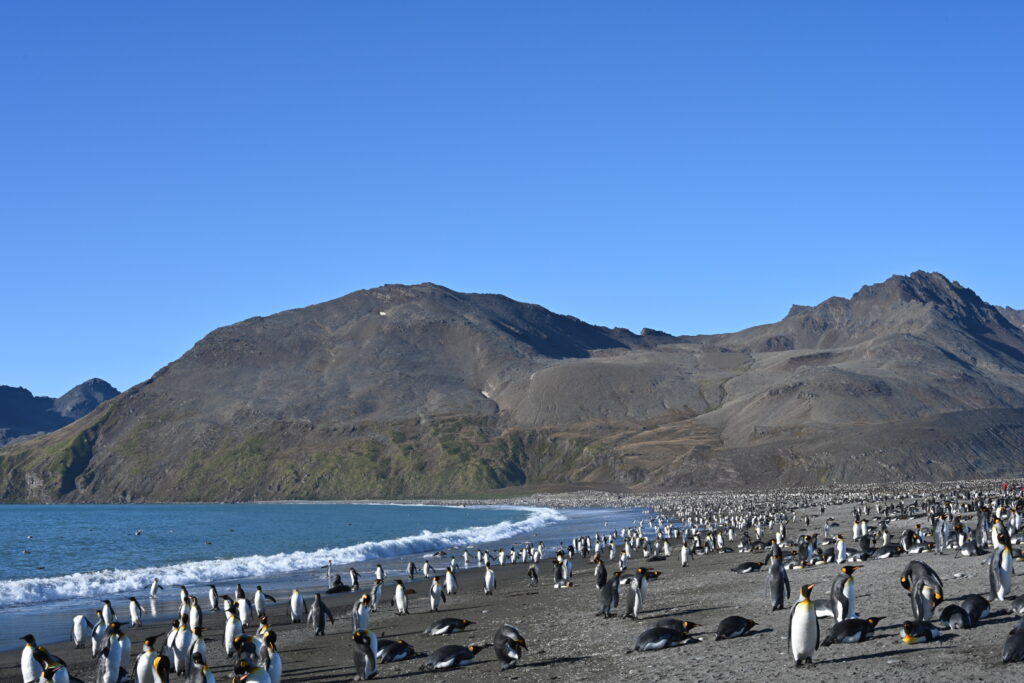
And we head back onboard.
We couldn’t ask for anything more, and there’s still one more landing in the works – but first, trivia! My son correctly recalls that the Titanic sank in 1912, and that a marathon is 26 miles long. Our team ties for first.
Off to the Grill for lunch. It’s been a while since I took a picture of a hambuger, so here you go:
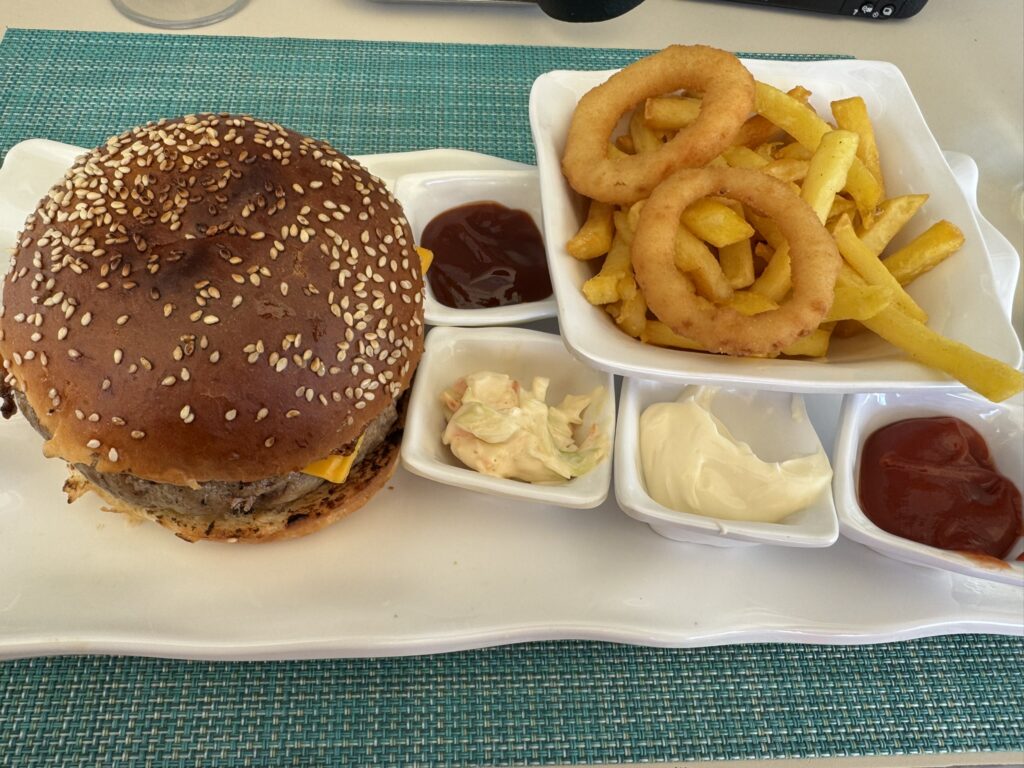
Very tasty.
Back to the room for a bit, and then off for a few laps around the walking track as we pull into Godthul. It’s pretty miserable out on deck, but worth it to try and make our 10,000 steps. We make perhaps ten laps before it’s time to head out.
Before signing off Jamie jokes, “Guests are responsible for the weather – and you haven’t been doing your job.” And he’s right – it’s grey and drizzling.
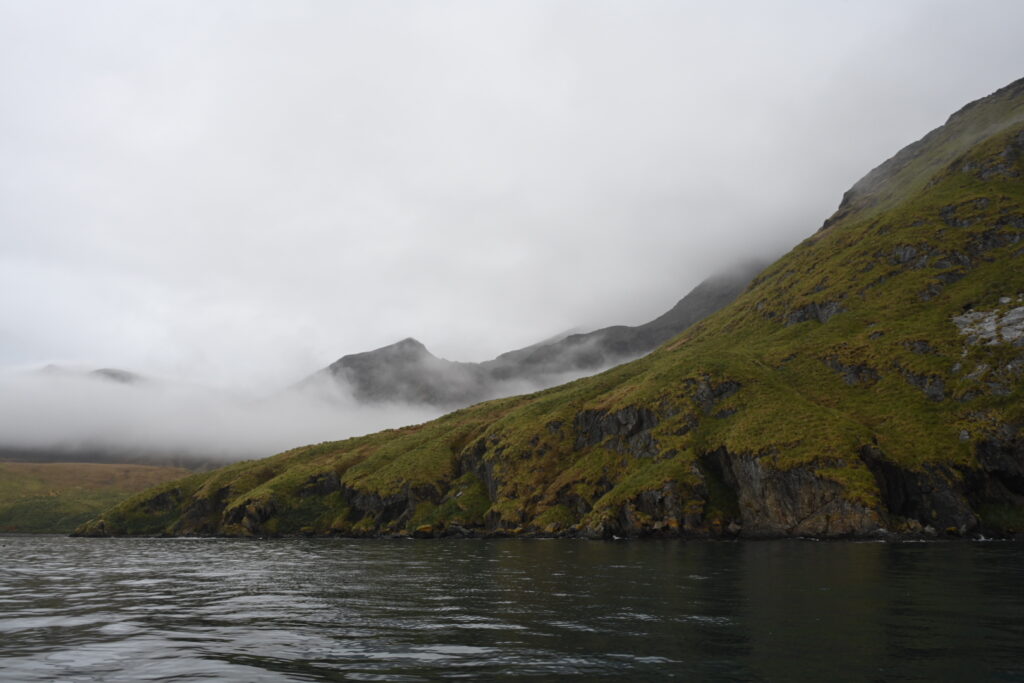
But also haunting and atmospheric.
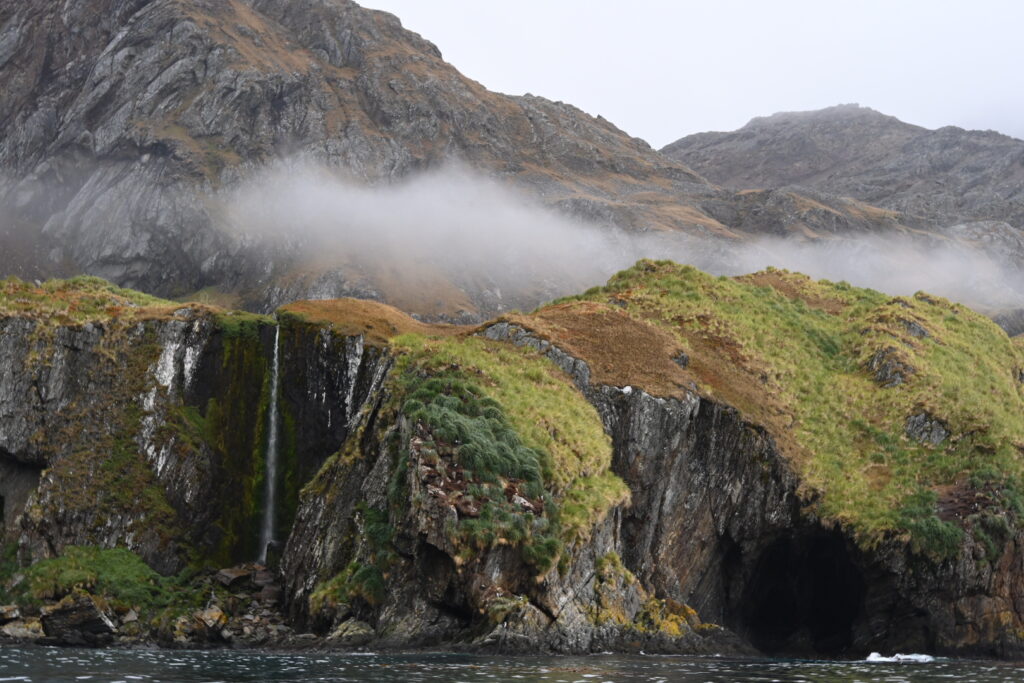

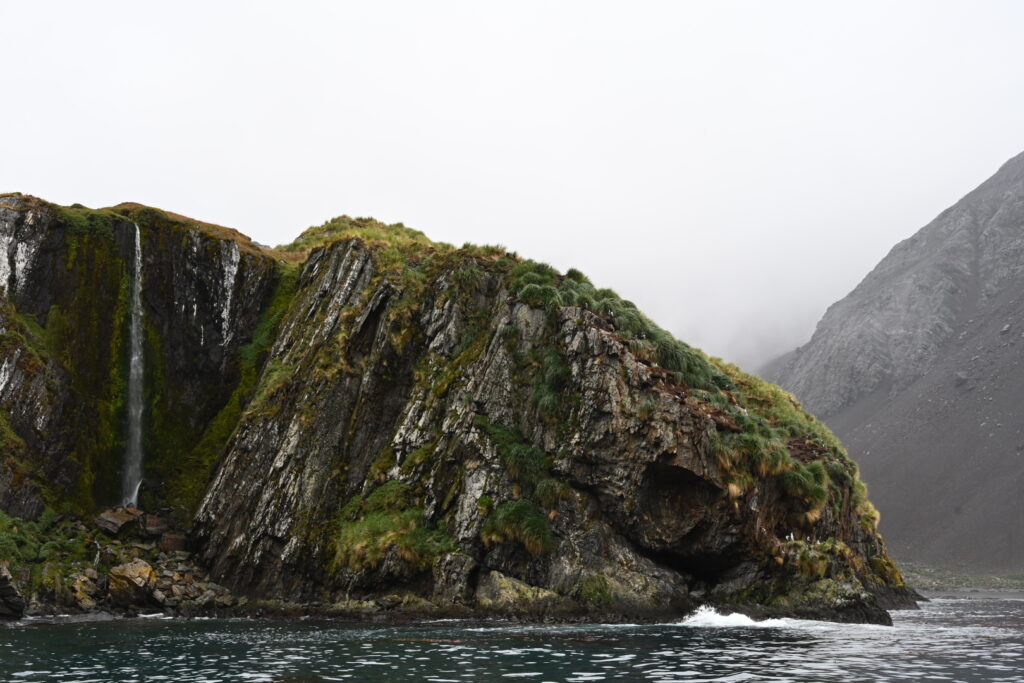
There are only around 65 people in our first cohort – many have elected to simply stay on ship. And that’s understandable. Nothing was ever going to live up to Saint Andrew’s Bay, but we’re glad for the chance to say a long, slow goodbye to South Georgia.
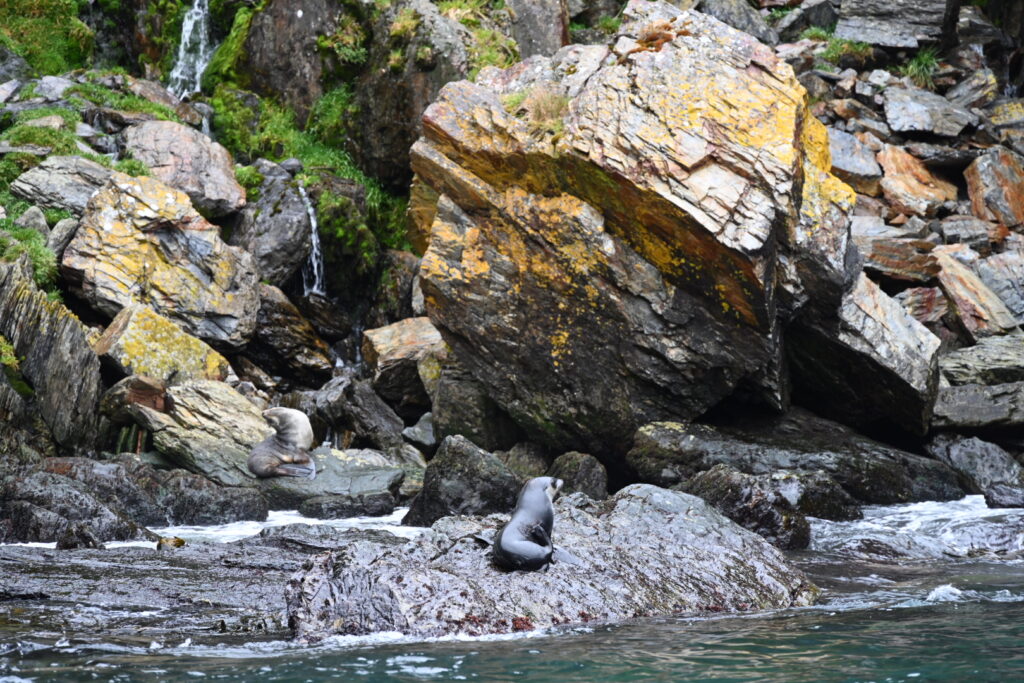
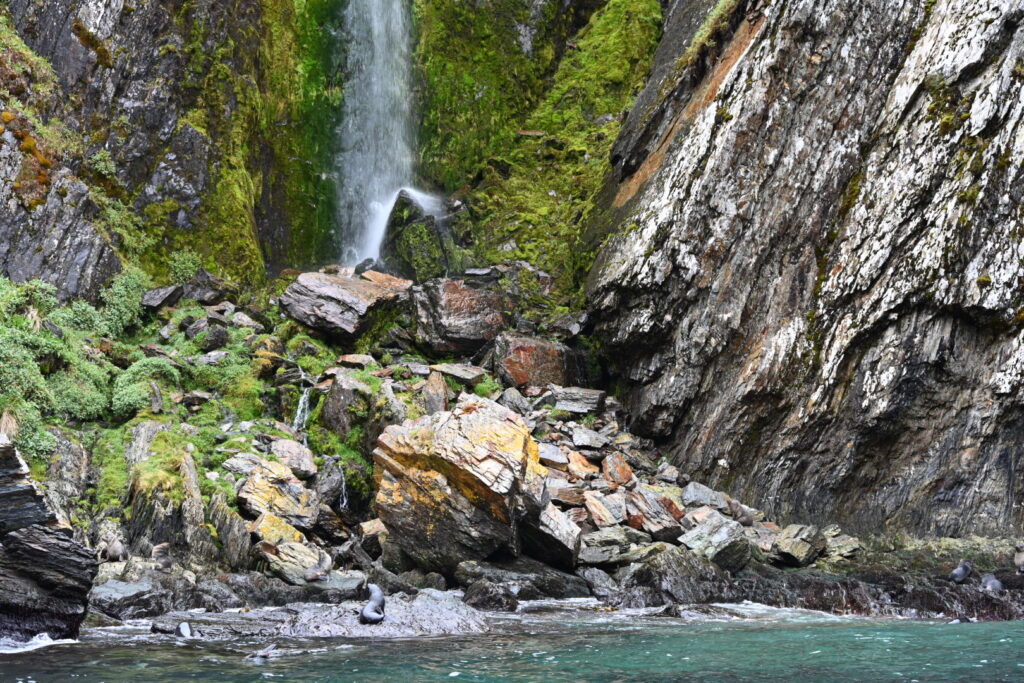
The wildlife comes to see us off. We see imperial shags, fur seals, gentoo penguins, northern petrels, and elephant seals – all with this truly stunning scenery as a backdrop. It’s one hell of a swan song.
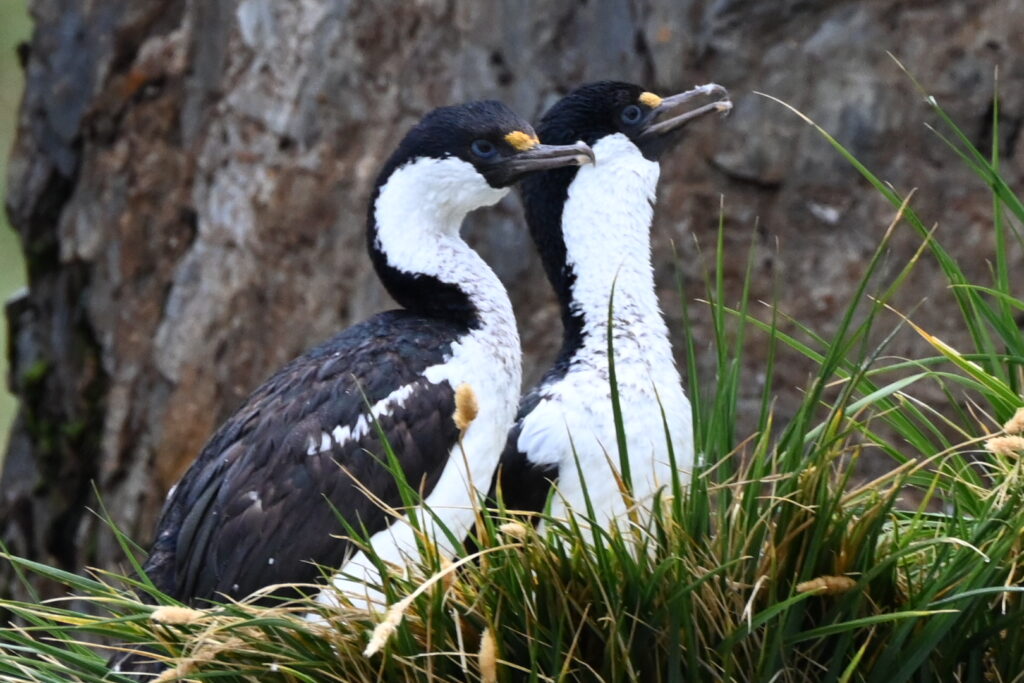
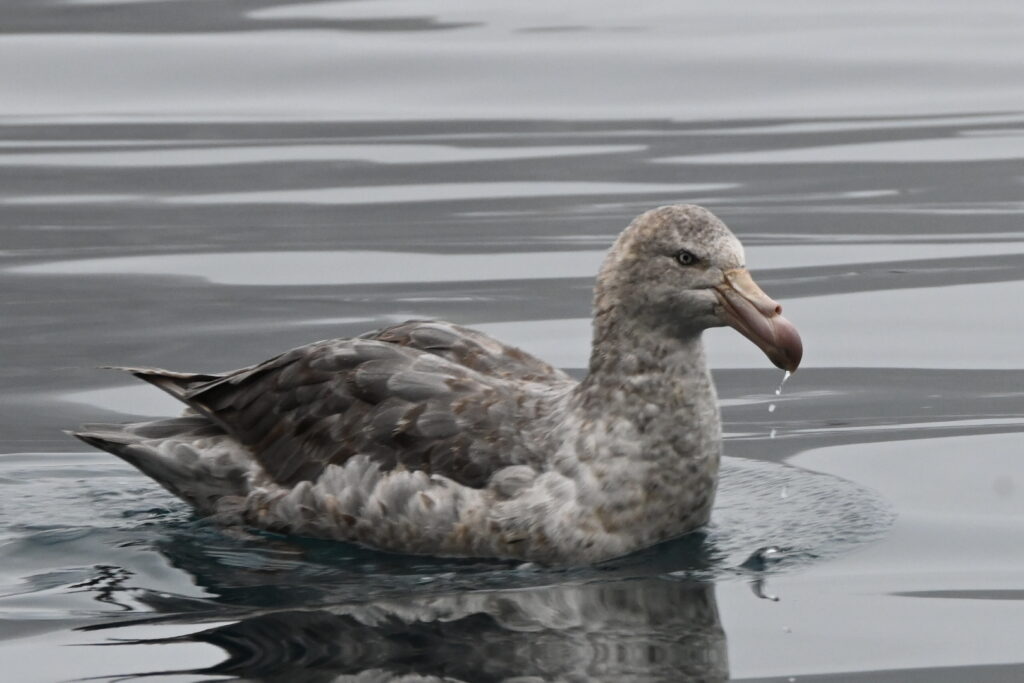
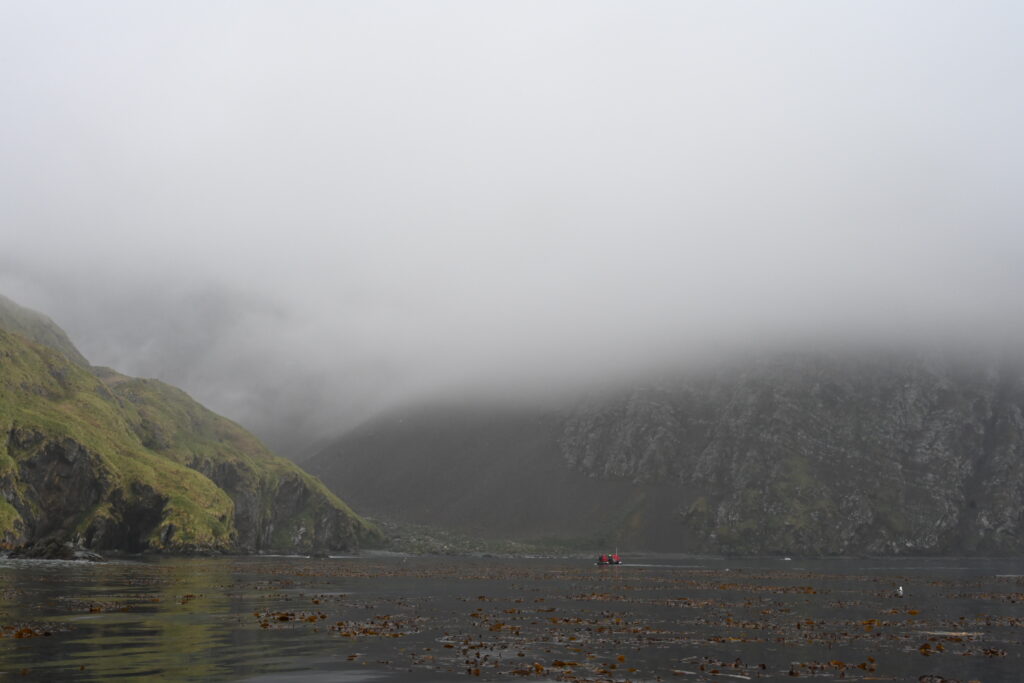
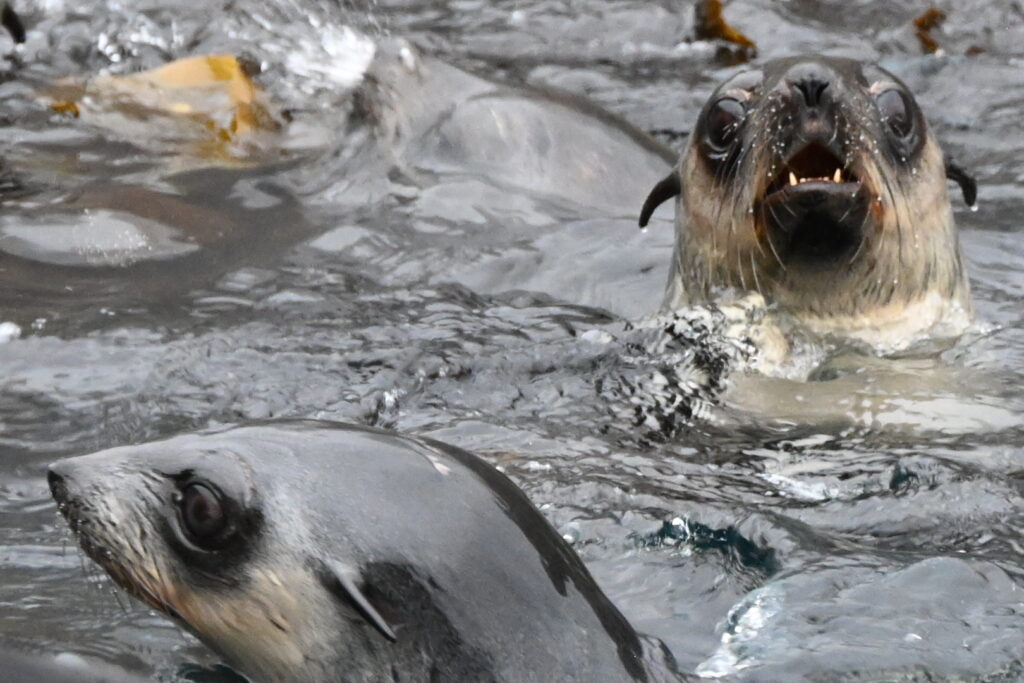
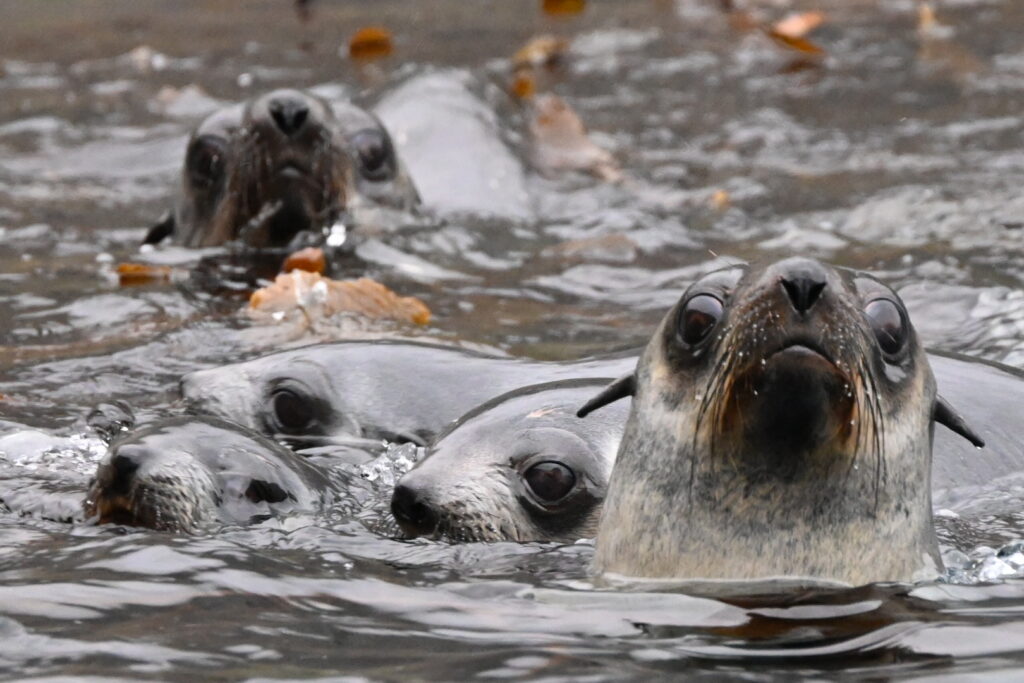
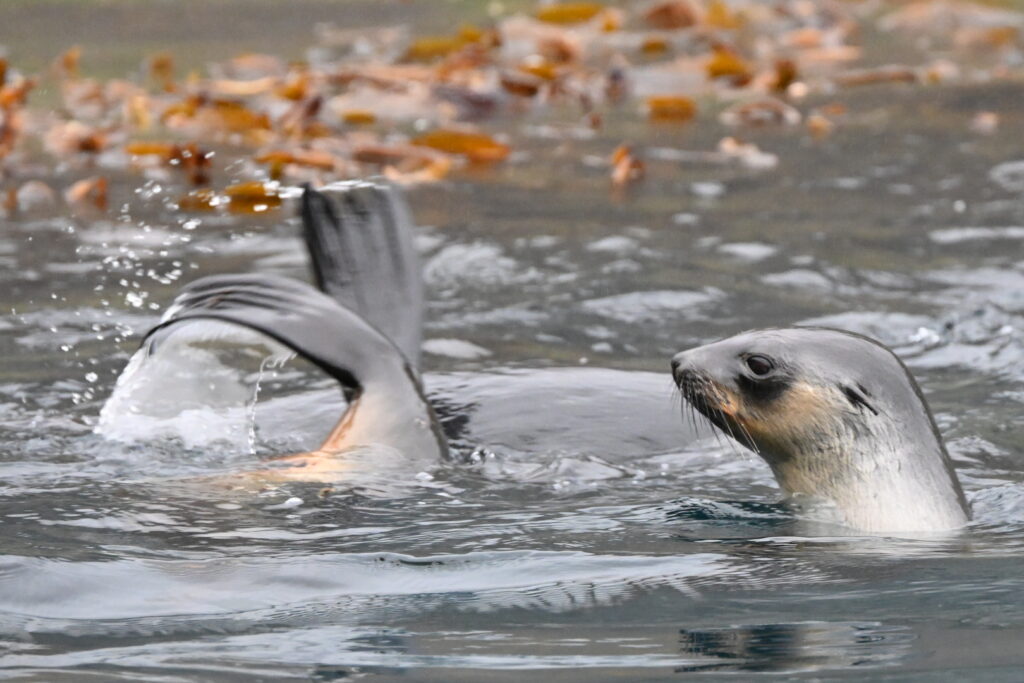
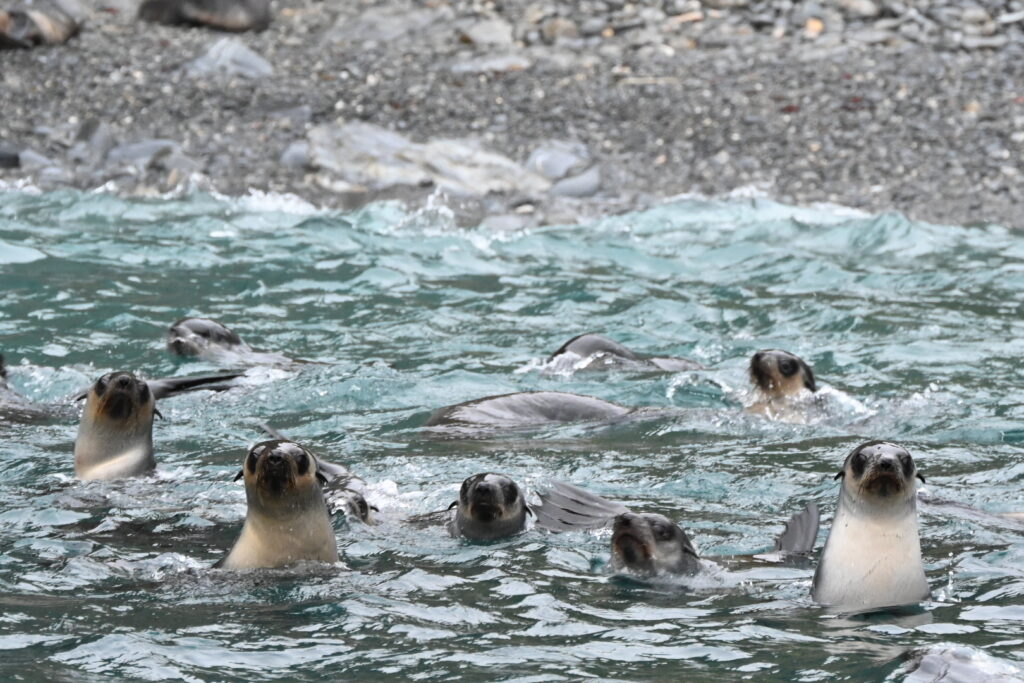
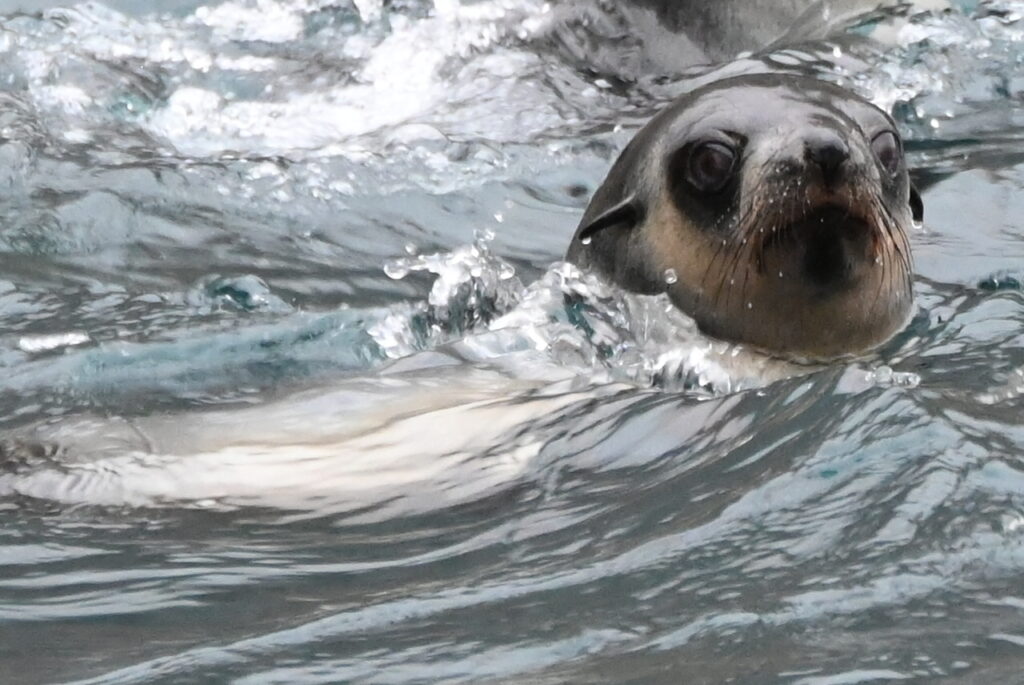
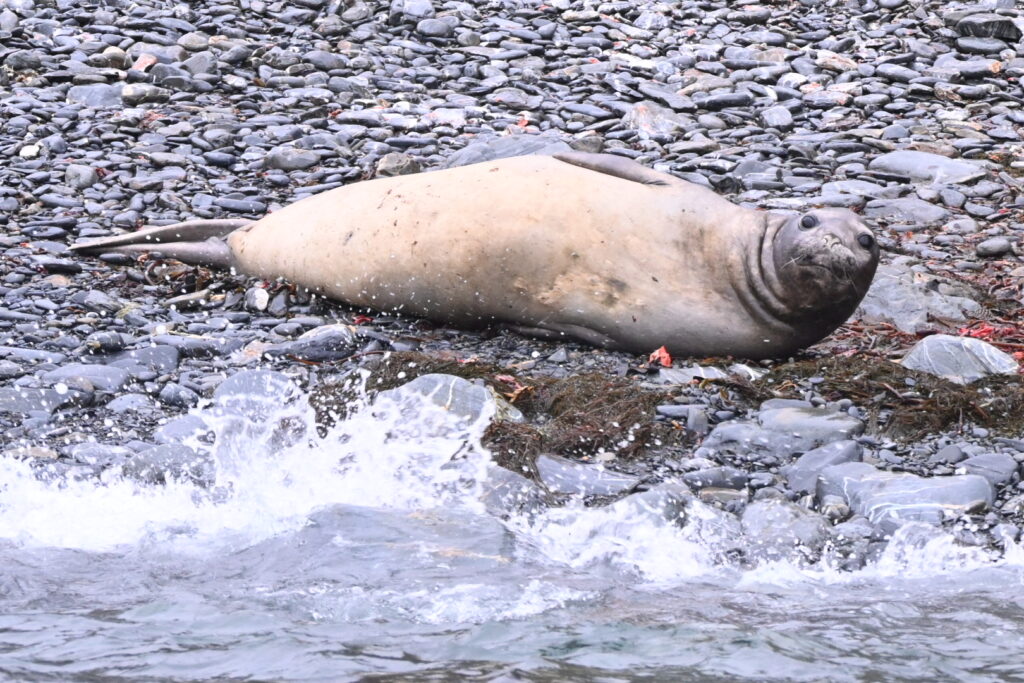
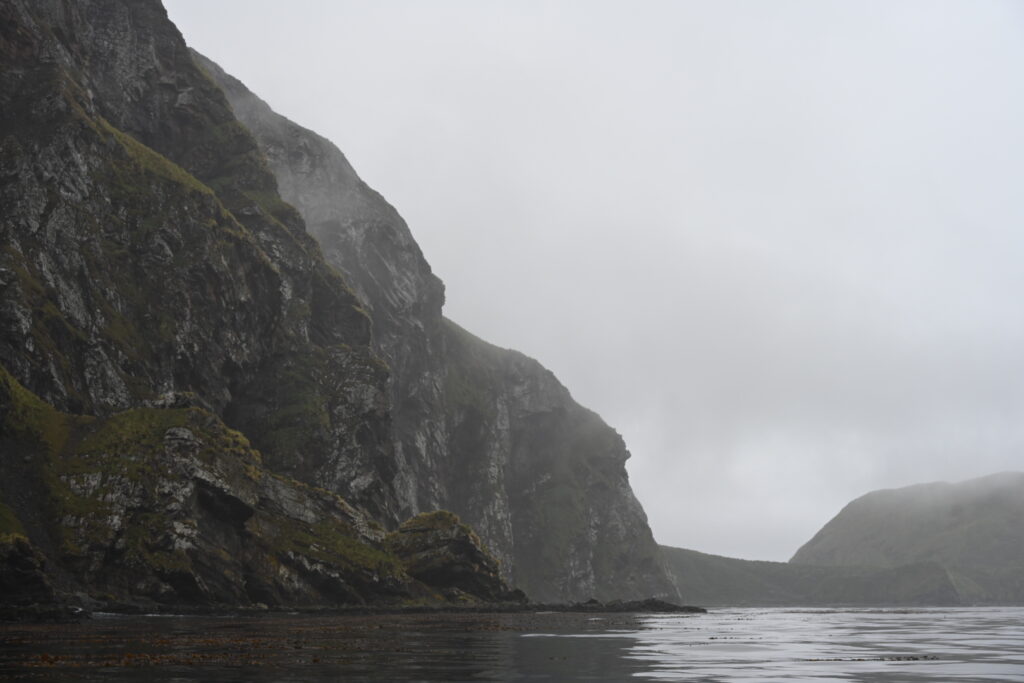
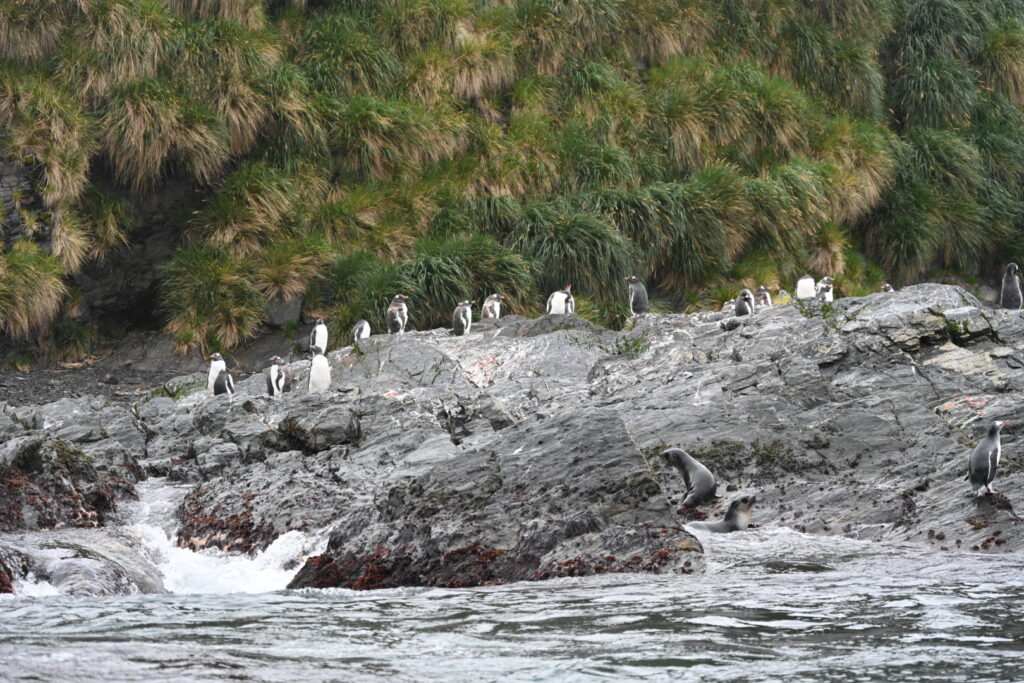
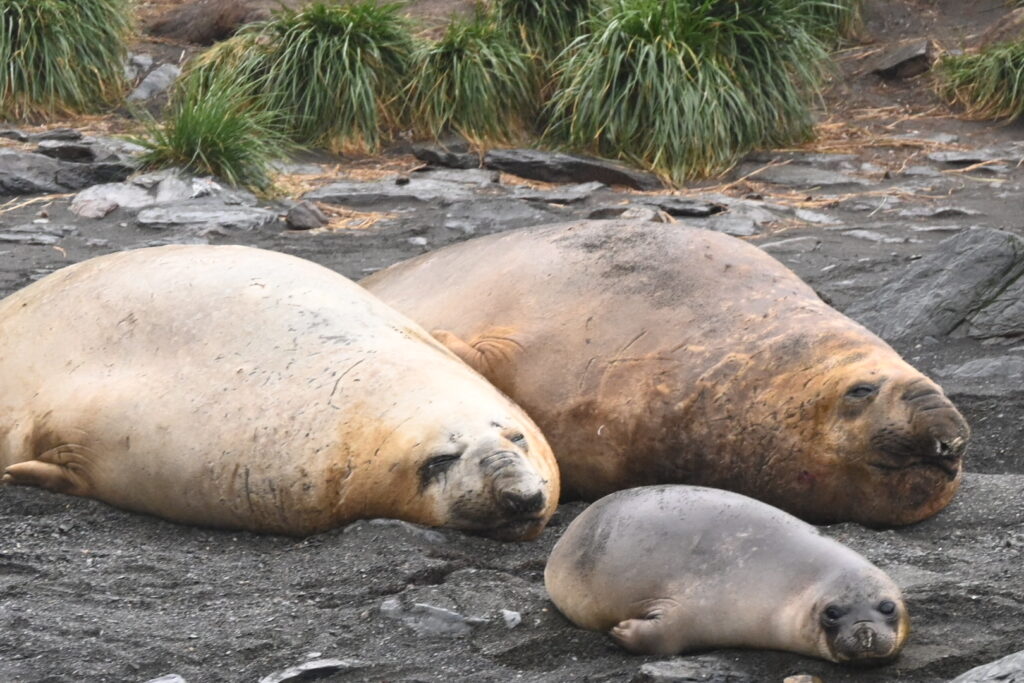
And there’s one more friend left to meet – the South Georgia pipit, a bird so devastated by avian flu that there were questions as to whether it might have gone extinct. But the expedition team found a pair ashore!
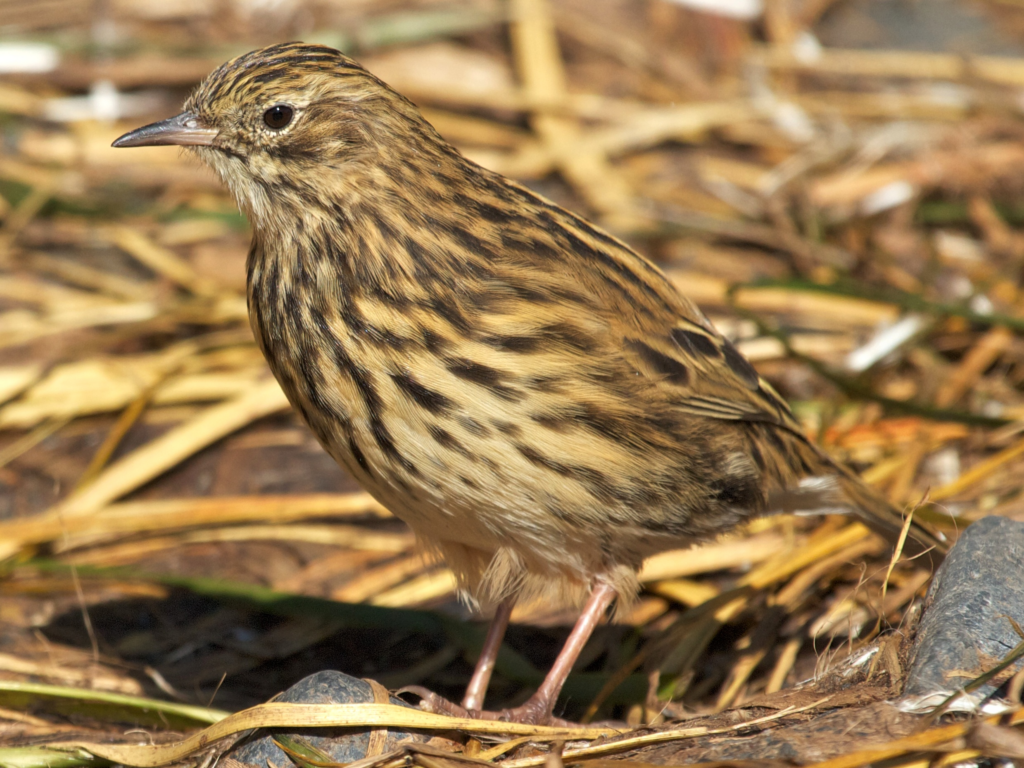
Photo Credit: Wikipedia
They were gone by the time we landed, sadly, but I’m simply pleased that the Silver Wind played a role in making this rediscovery. (Jamie was immediately in touch with scientists in South Georgia to inform them of the good news.)
On to our landing at the former whaling station of Godthul:
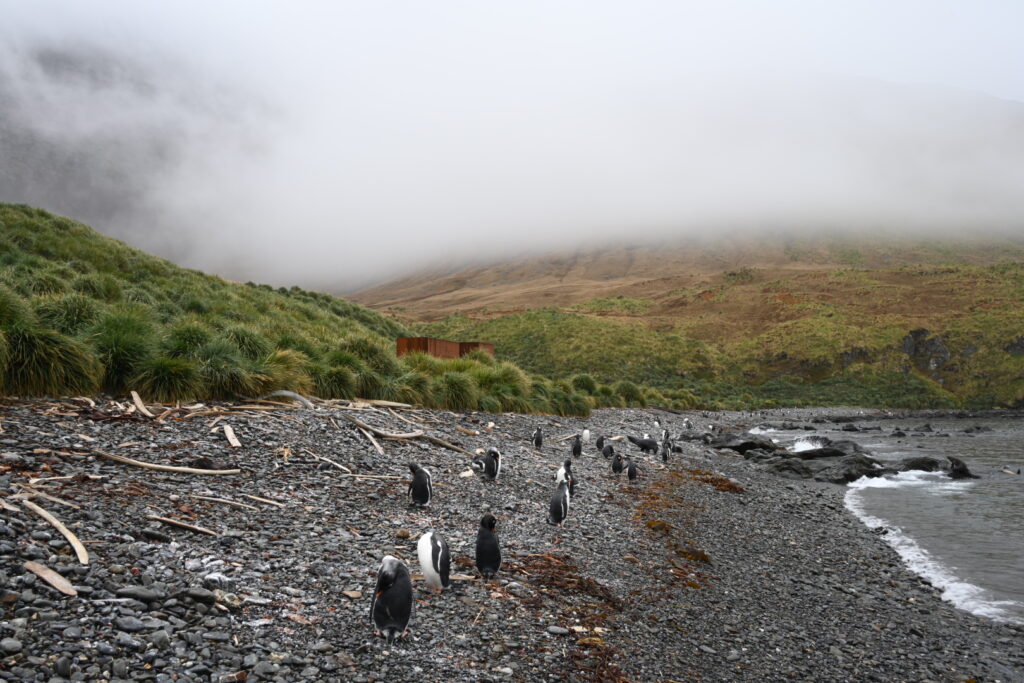
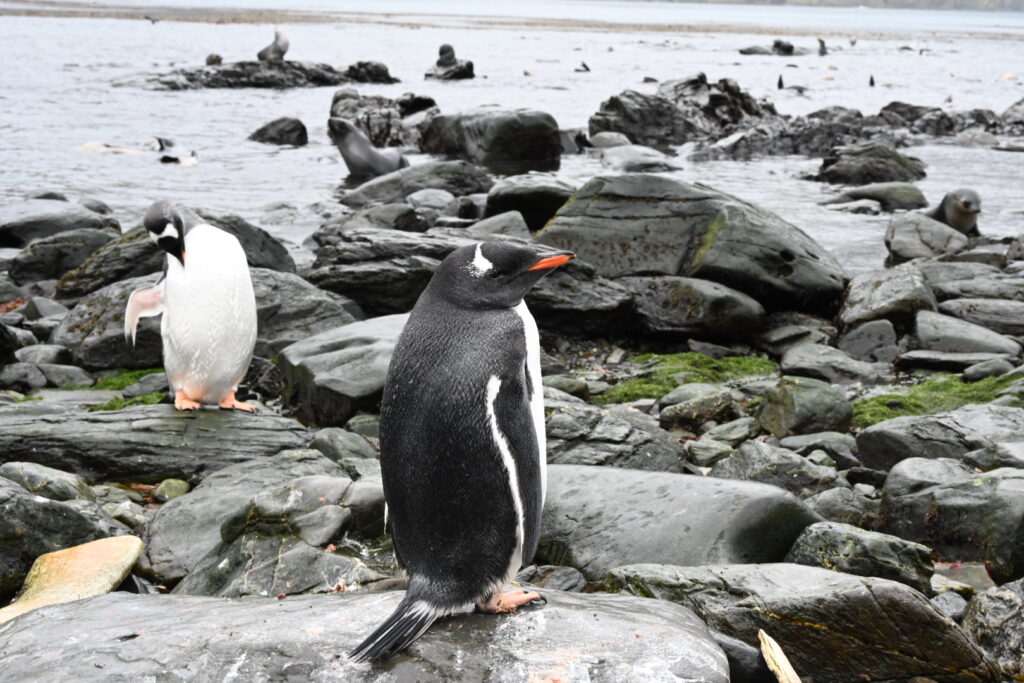
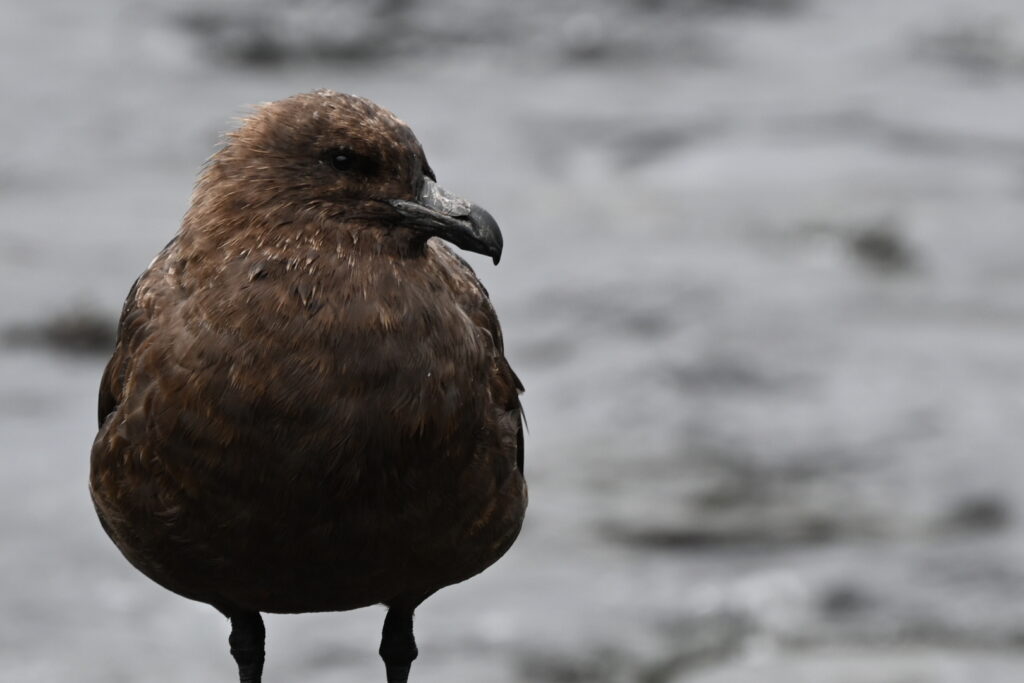
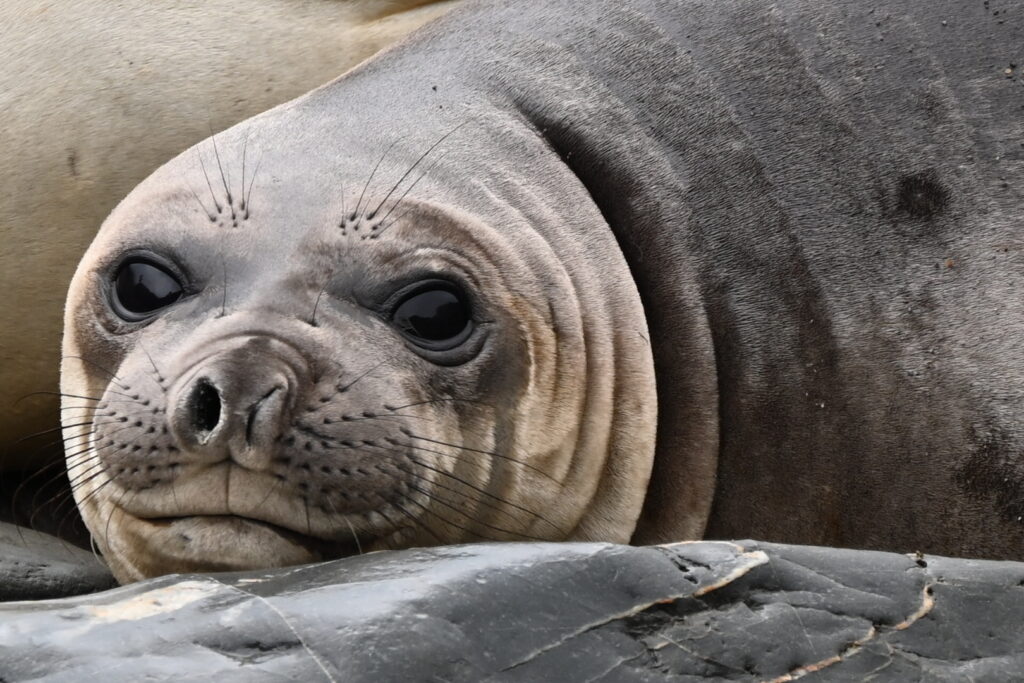

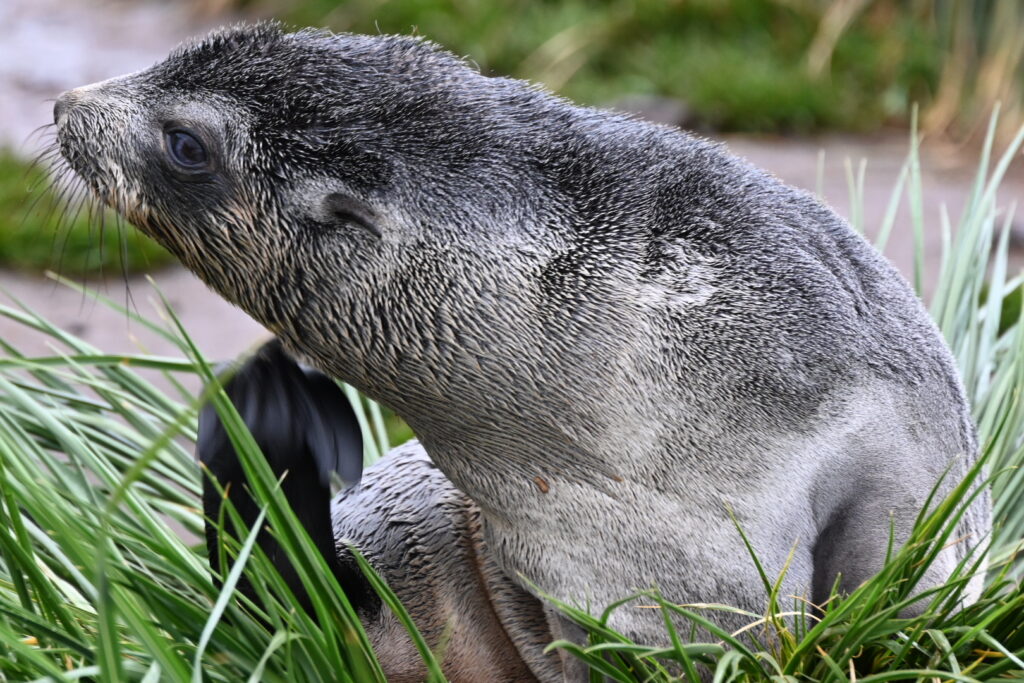
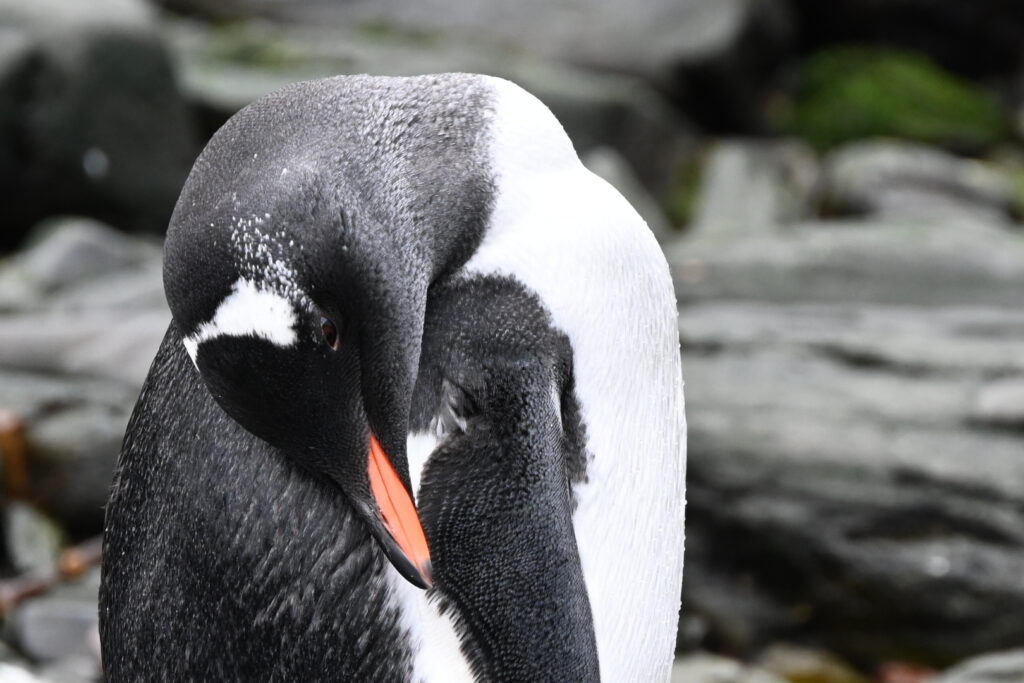
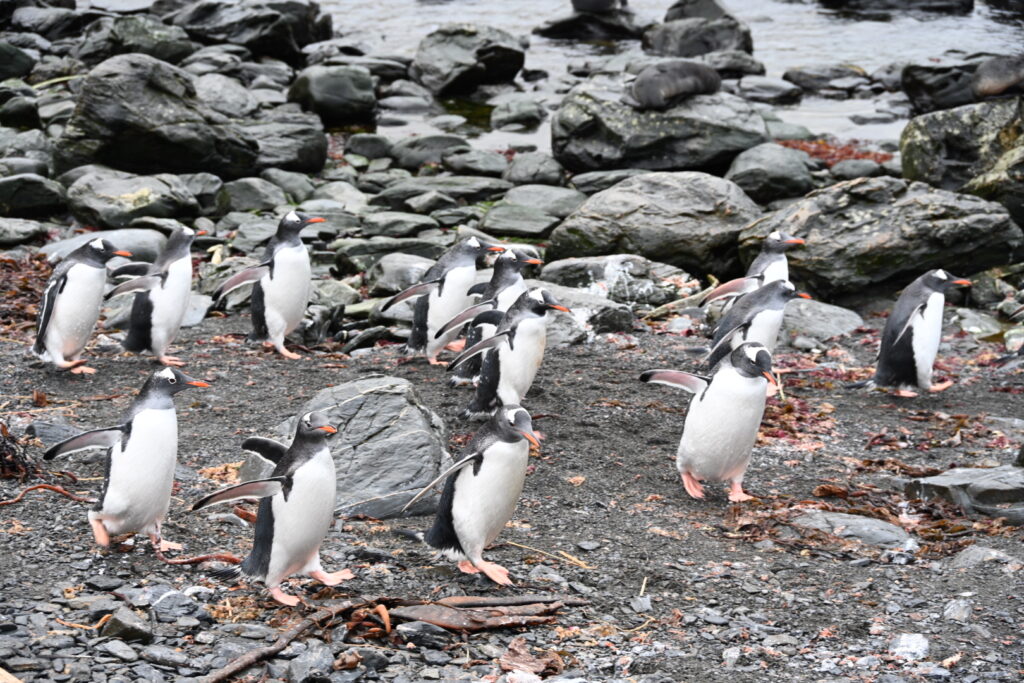
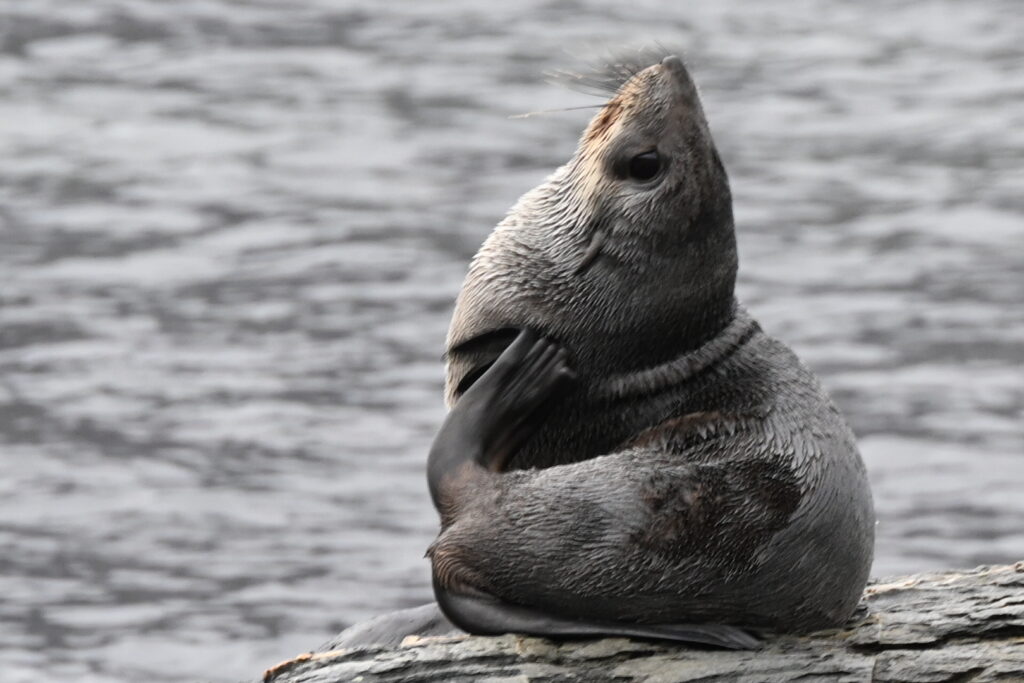
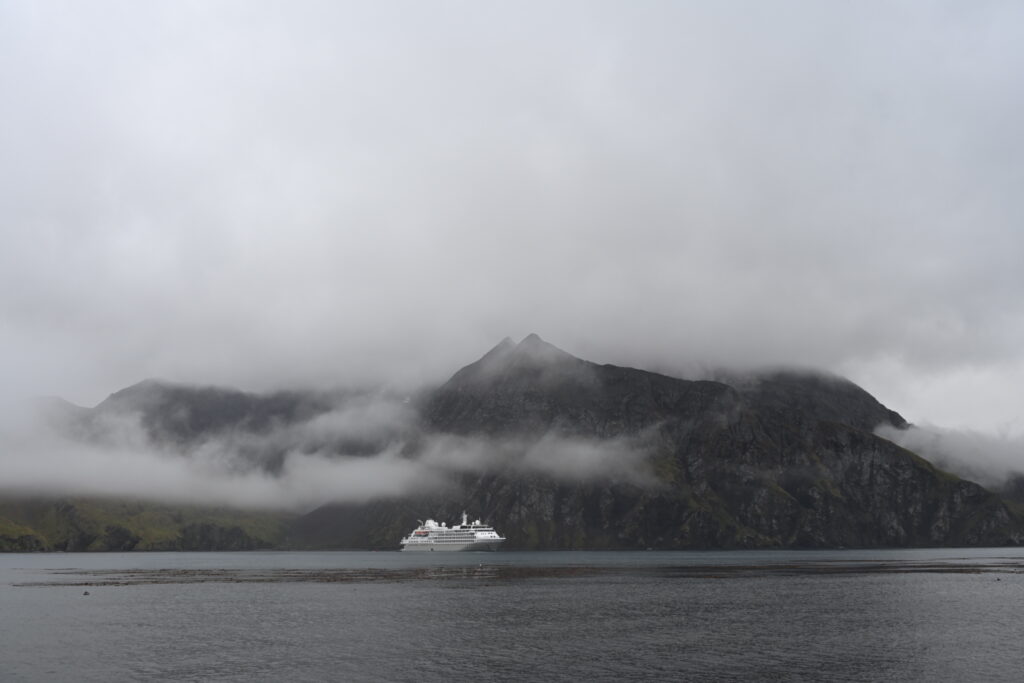
And just like that, it’s time to go.
Shortly before we left for the Wind, Martin asked how I was doing. I was surprised to find that I was feeling quite sad that we were done our time at South Georgia. Not that we have anything to complain about in terms of how many landings we made – 11 landings and 3 zodiac cruises over 7 days is truly incredible.
Even so, it is sad to leave such a remarkable part of the world behind. We’ll take time to feel that sadness, and to appreciate how stunningly fortunate we’ve been – but also consider our eventual return, one of these days. Earlier in the season, perhaps? Time will tell.
We then went to the briefings and recaps. The Wind is bound for Tristan da Cunha, and swells are expected to peak out at around 3.5 metres. Nothing that the ship can’t handle.
No recaps tonight. Instead they held the charitable auction for the South Georgia Heritage Trust.
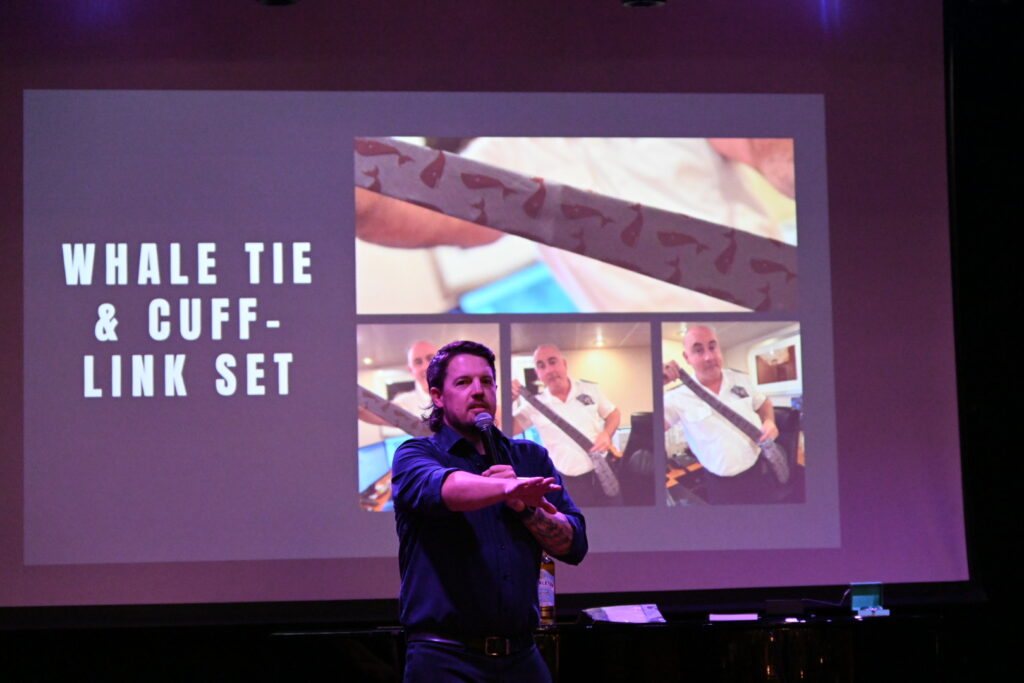
Some items went for close to retail – like the reproductions of Frank Hurley’s photos and the whale tie and cufflink set. But the pewter flask went for over 700 pounds, while the bottle of Shackleton whiskey was closer to 250 pounds. It proved an excellent fundraiser for a deserving cause.
Off to dinner at the Restaurant:
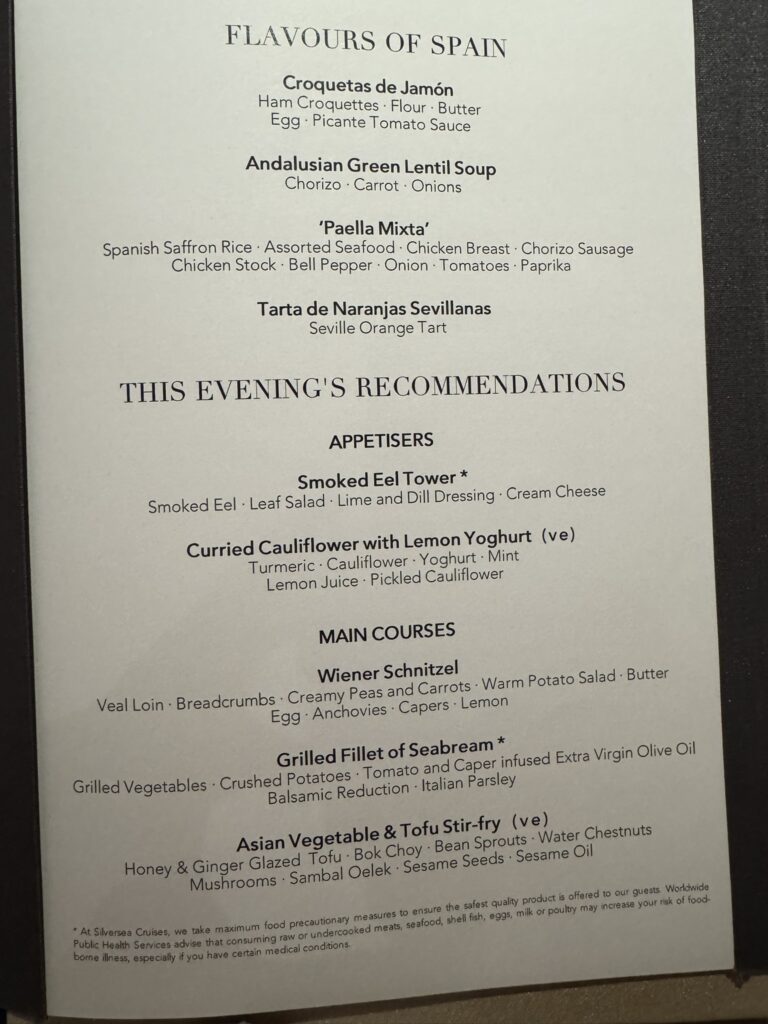
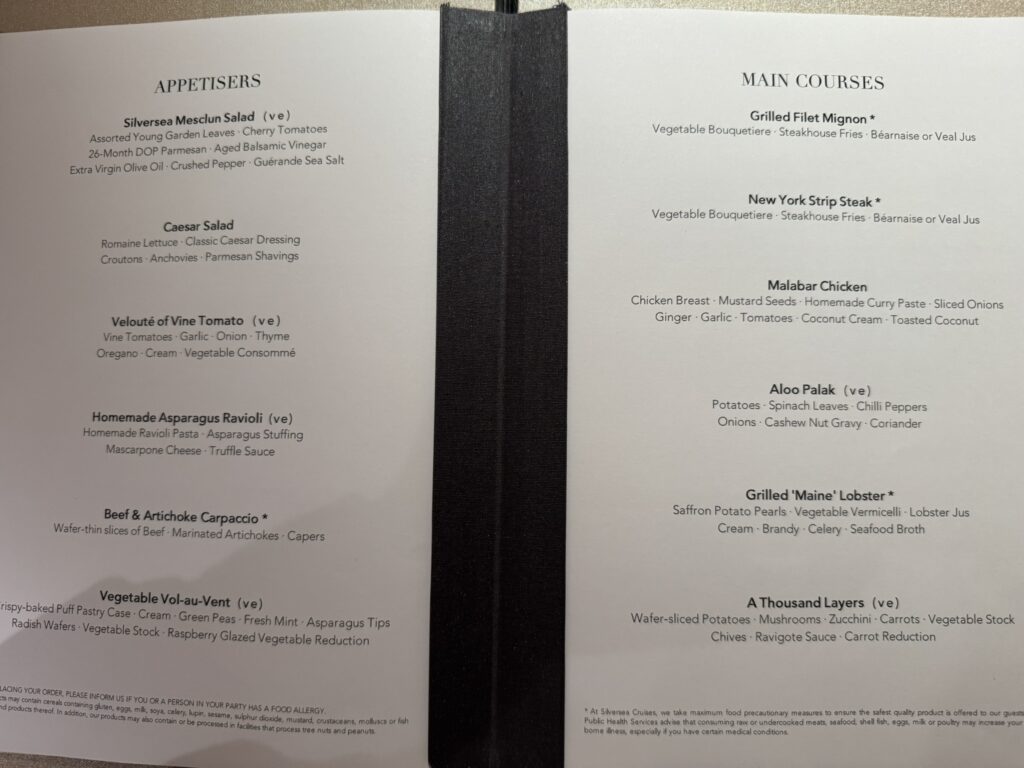
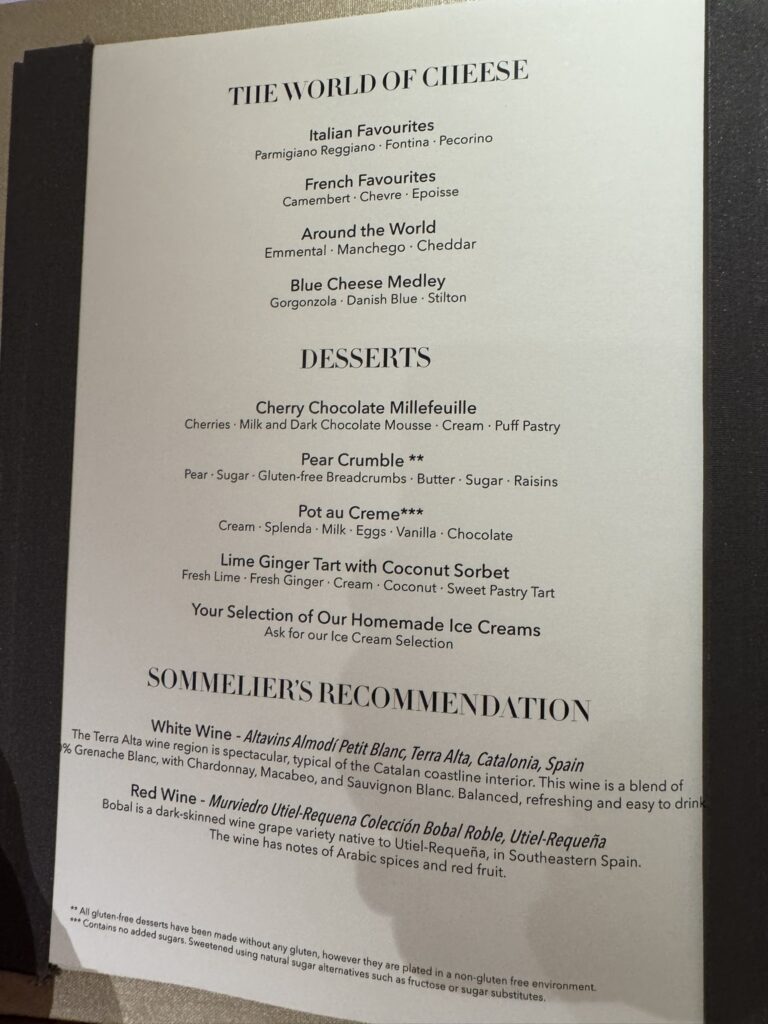
For the appetizer I had the ham and cheese croquette:
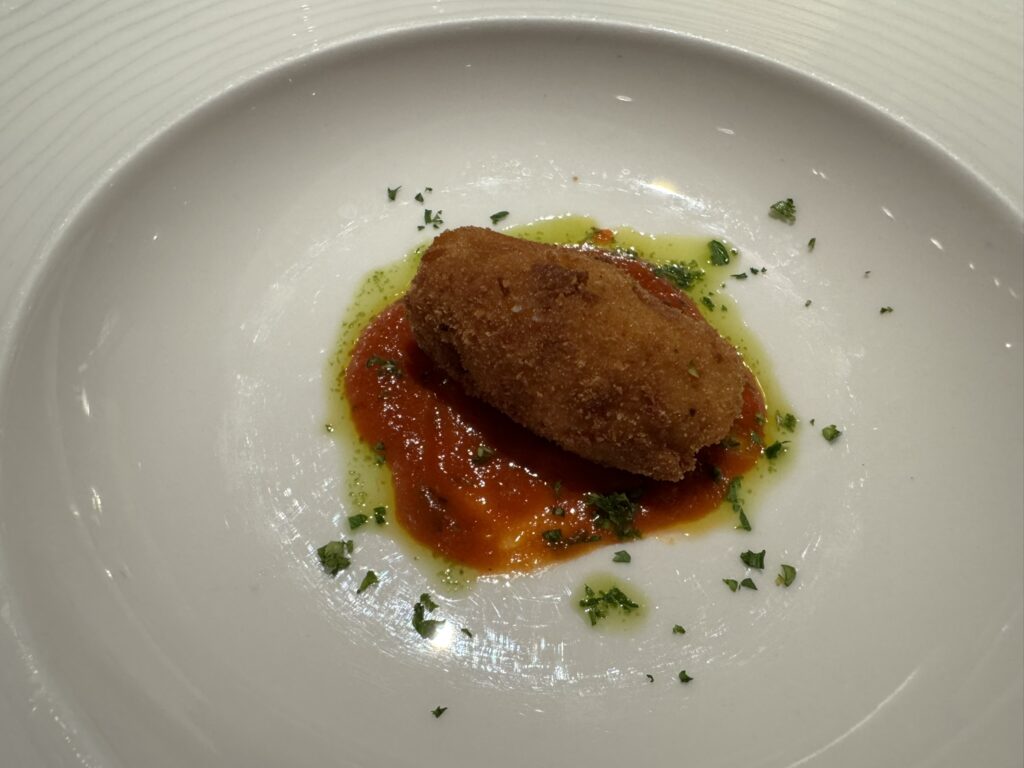
And a large portion of the Malabar chicken for myself and my wife:
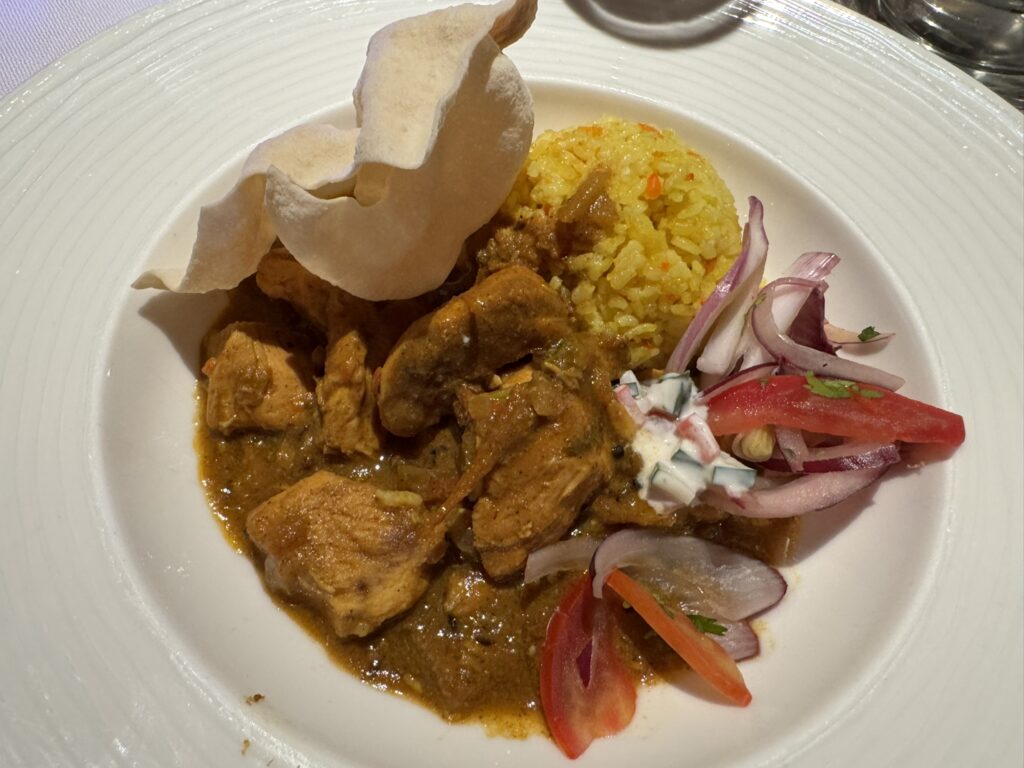
Then for dessert, the Seville orange tart:
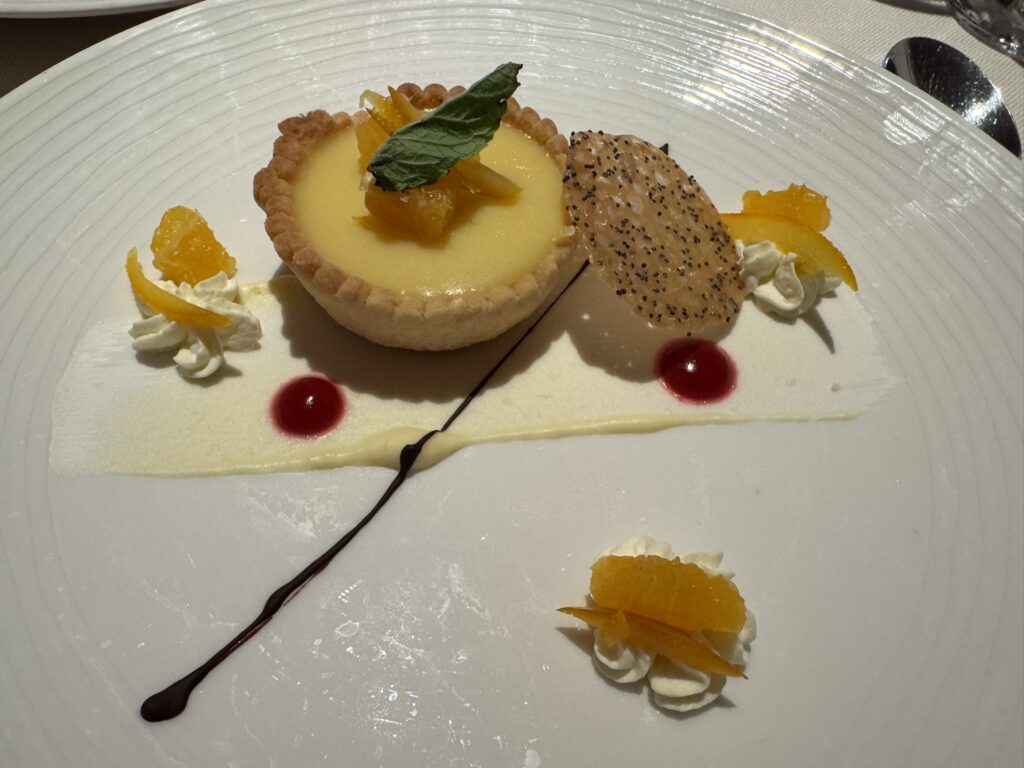
The tart was particularly delicious – I hope it makes a repeat appearance during our trip.
Clocks go forward tonight, so we went to bed shortly thereafter in the hopes of maximizing our laziness during the first of four sea days.
